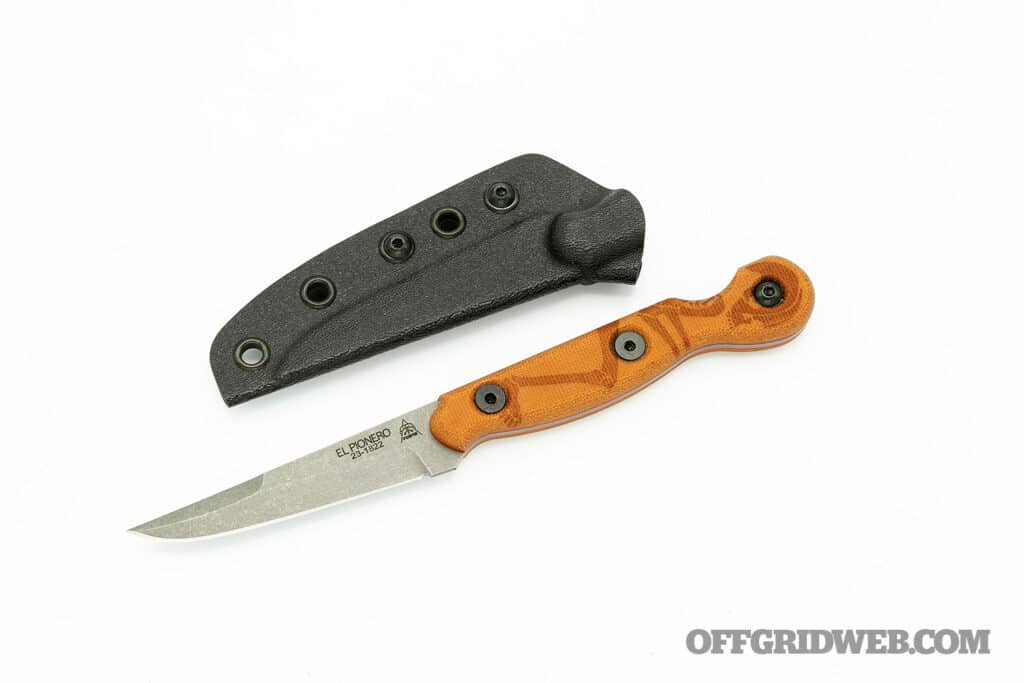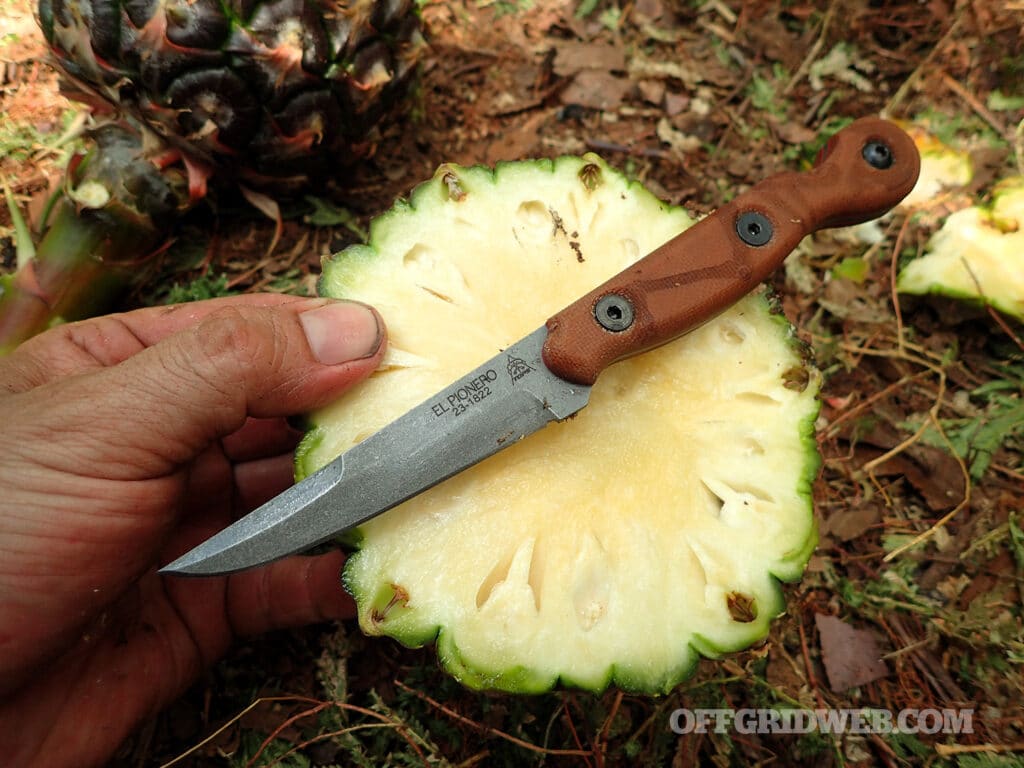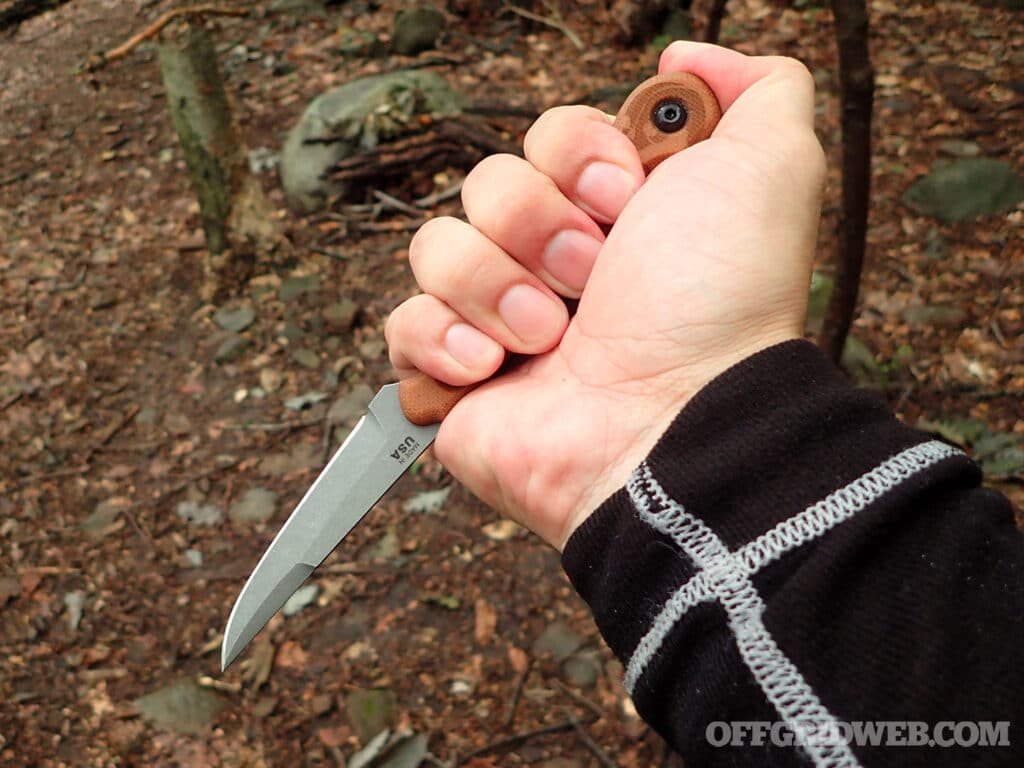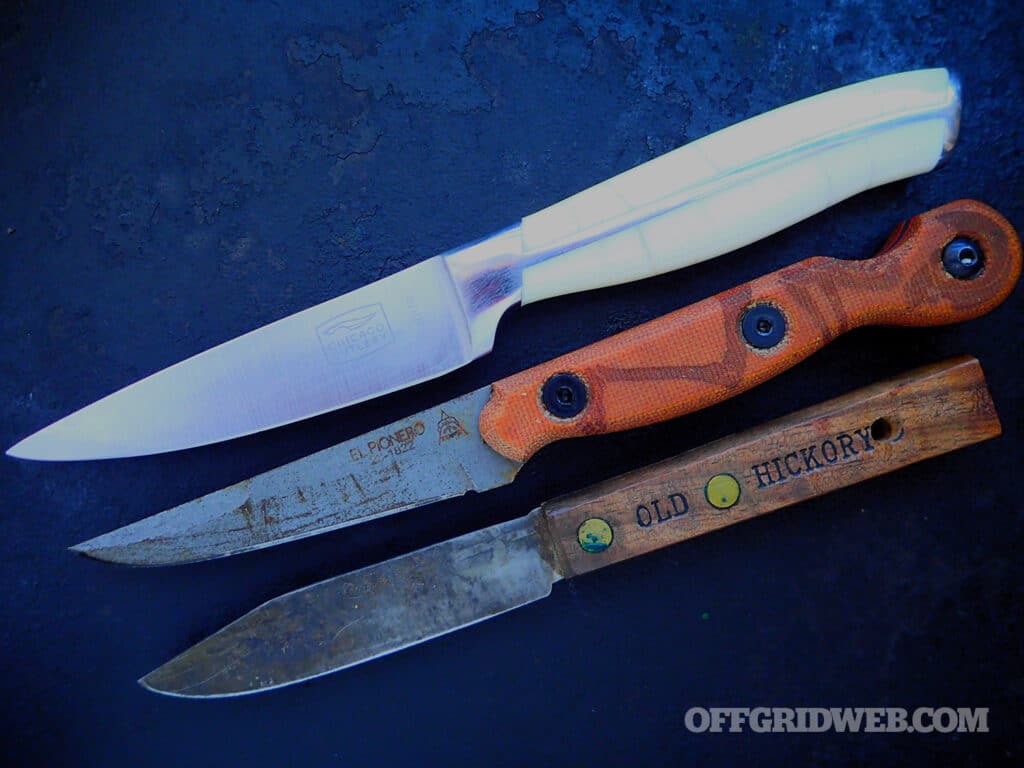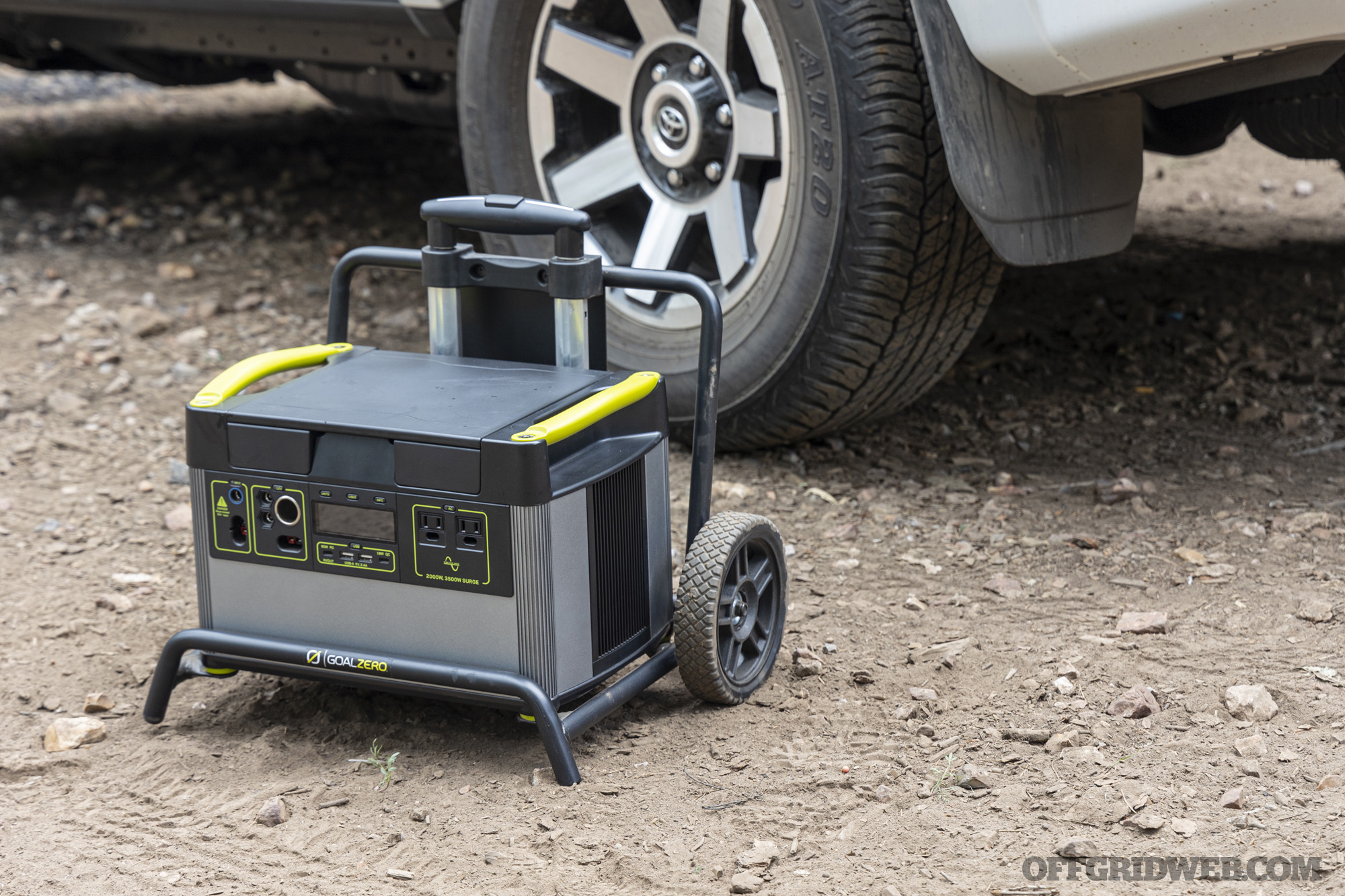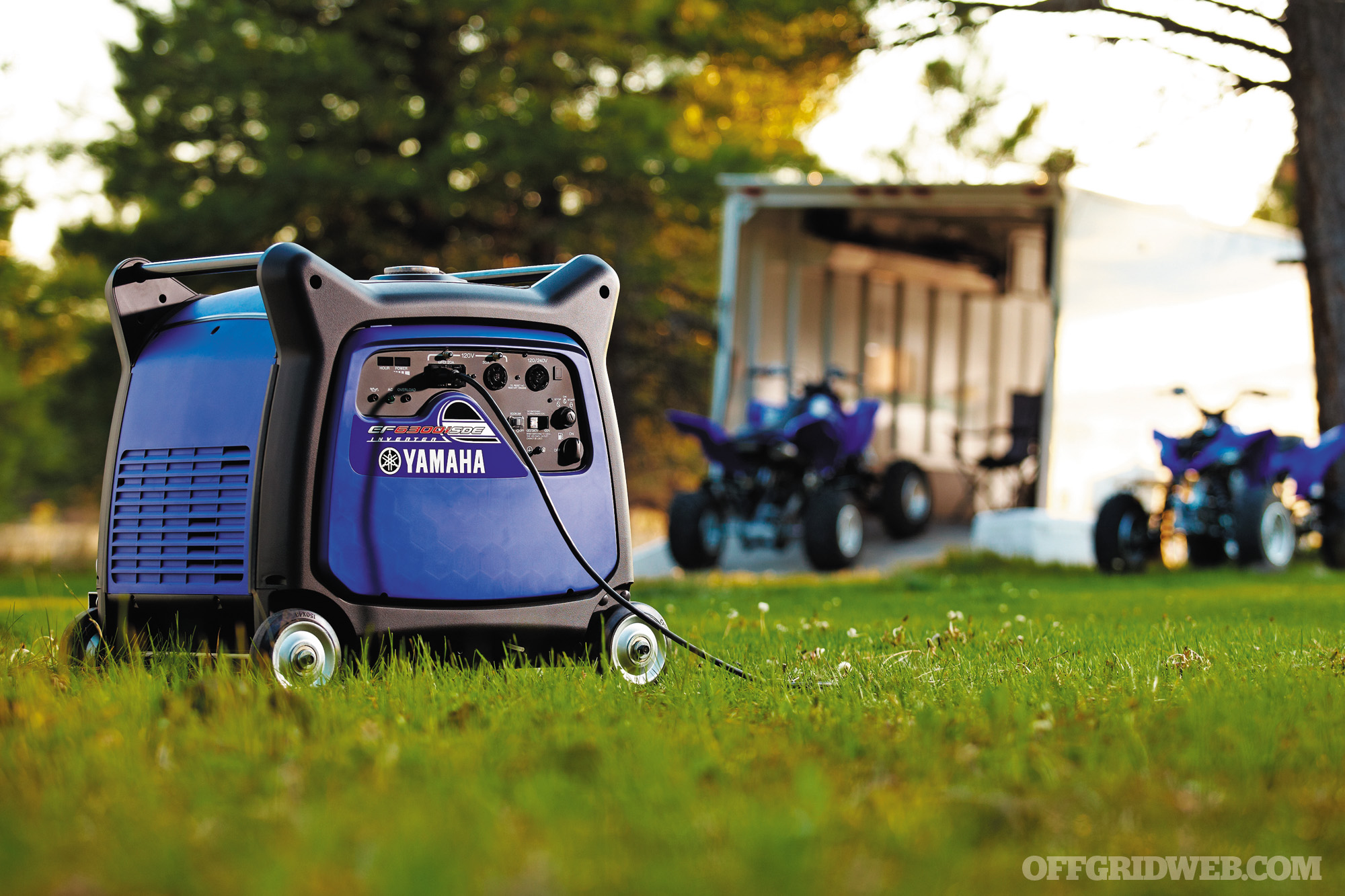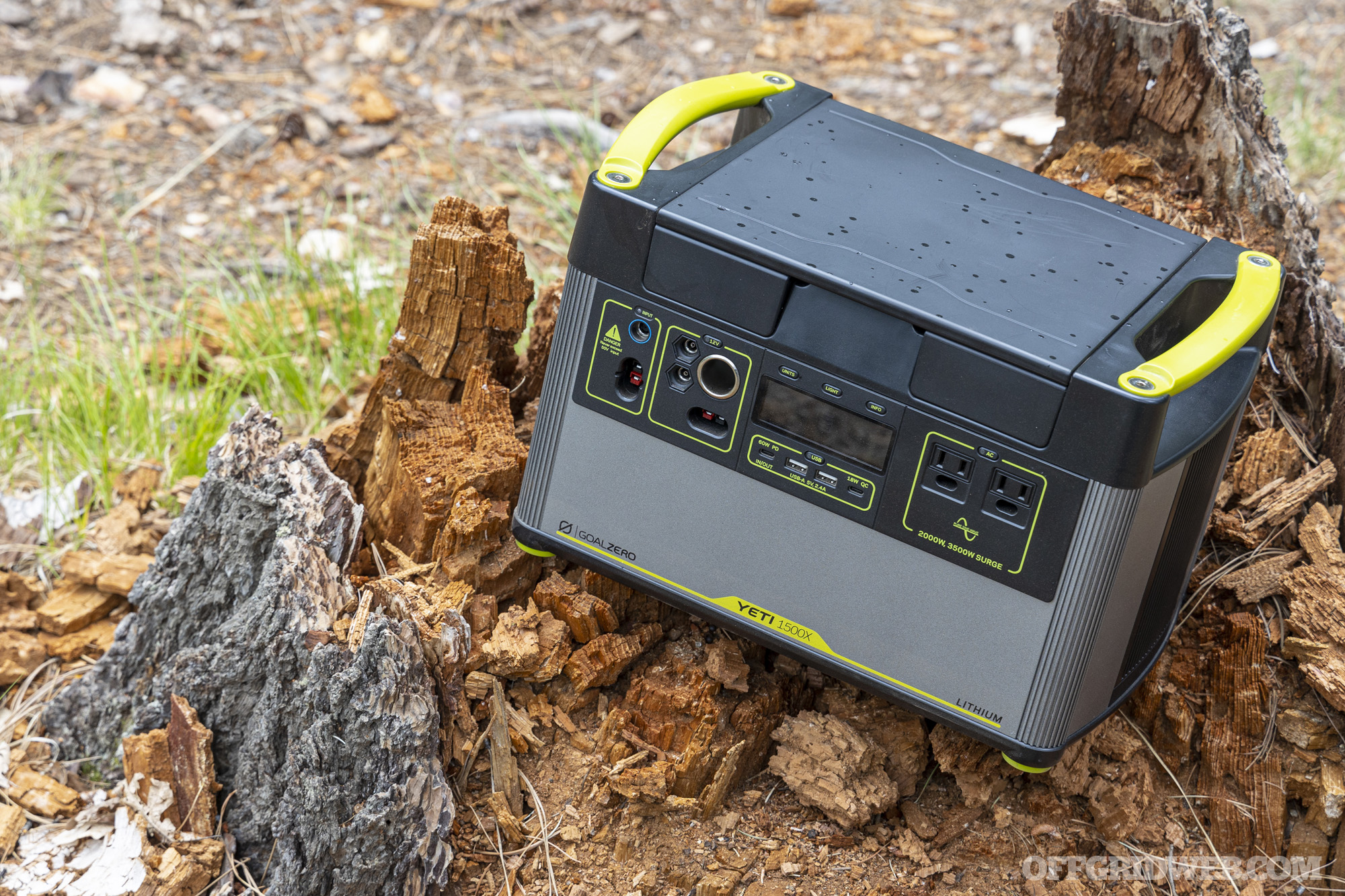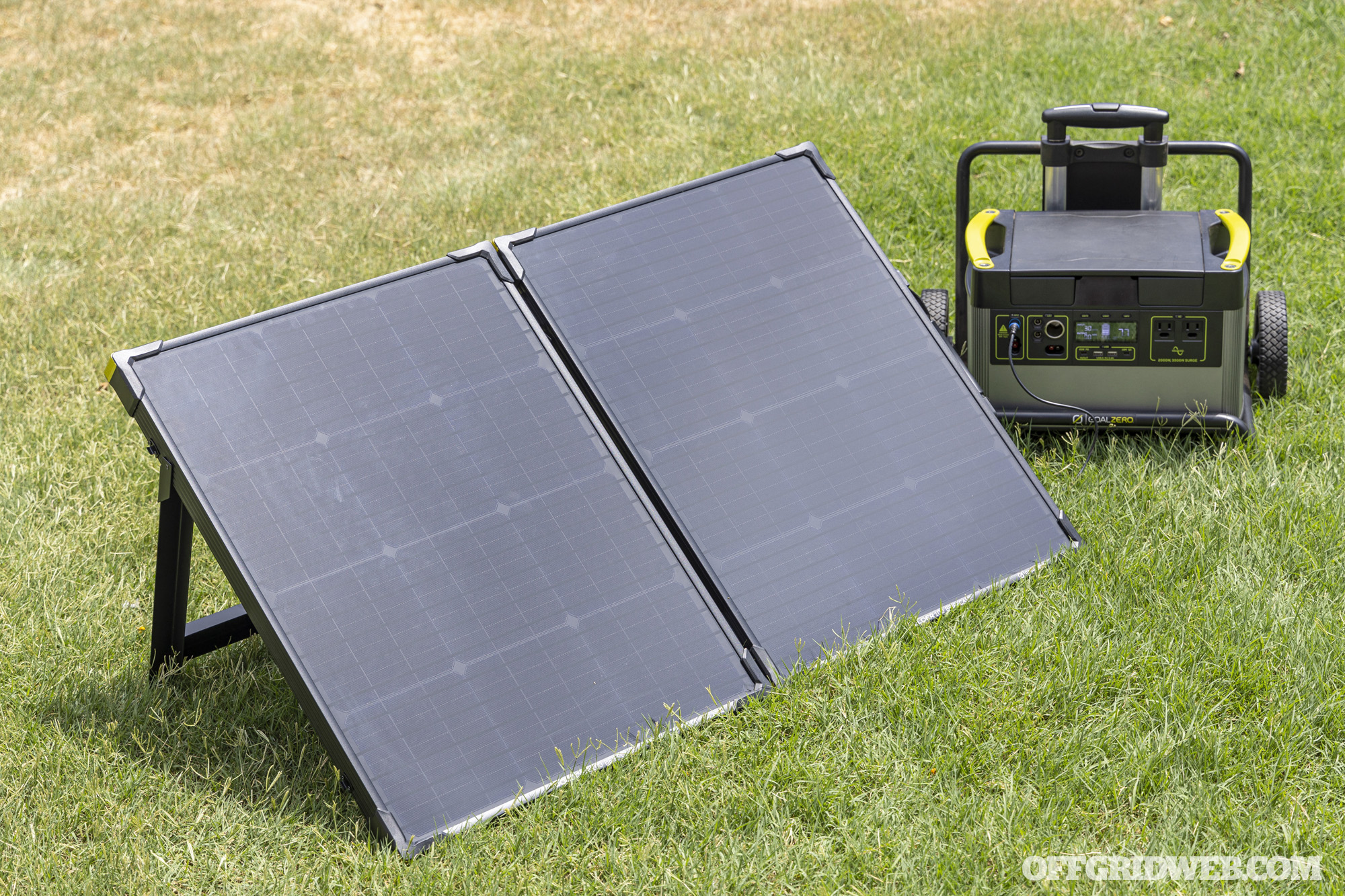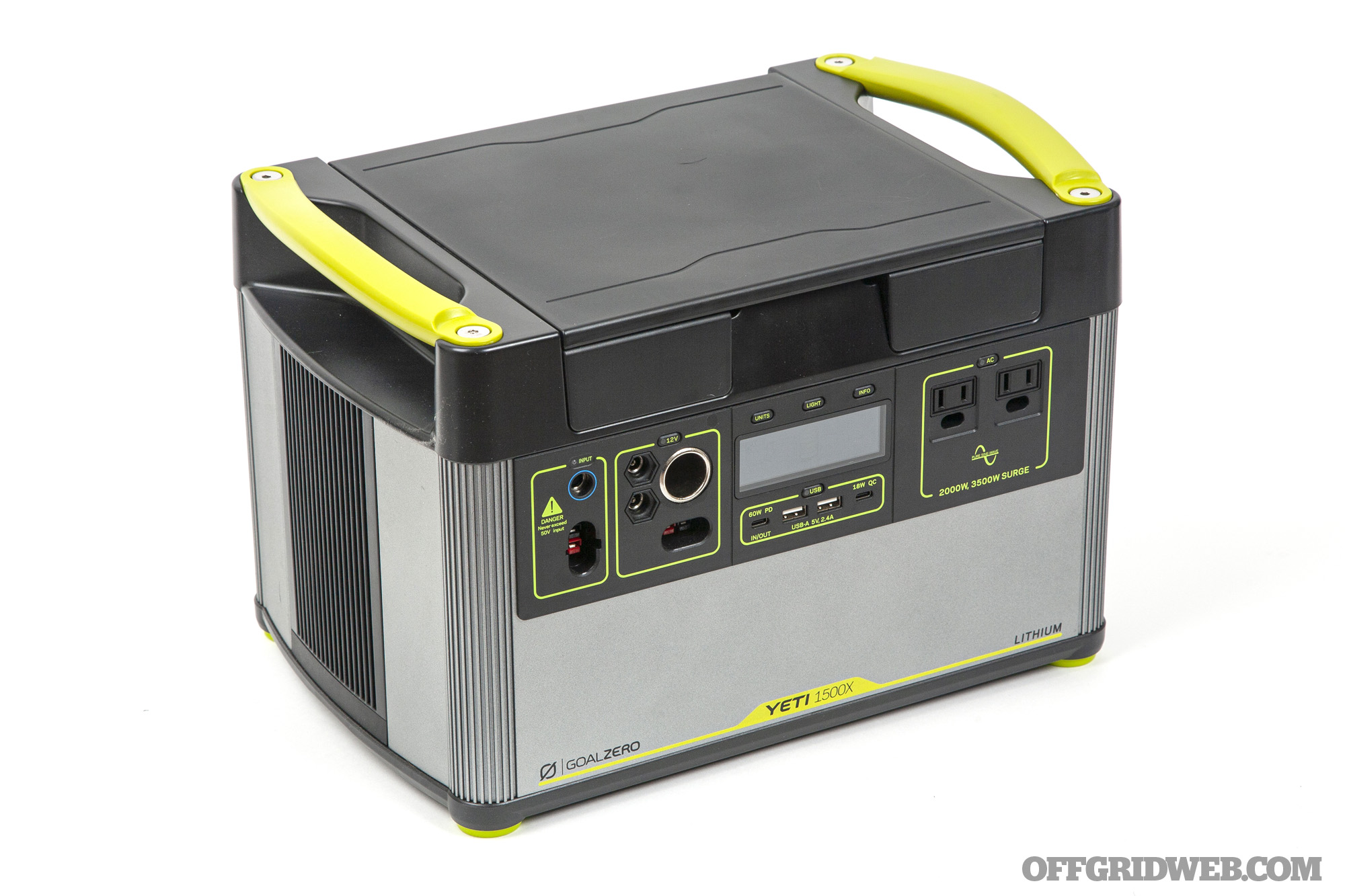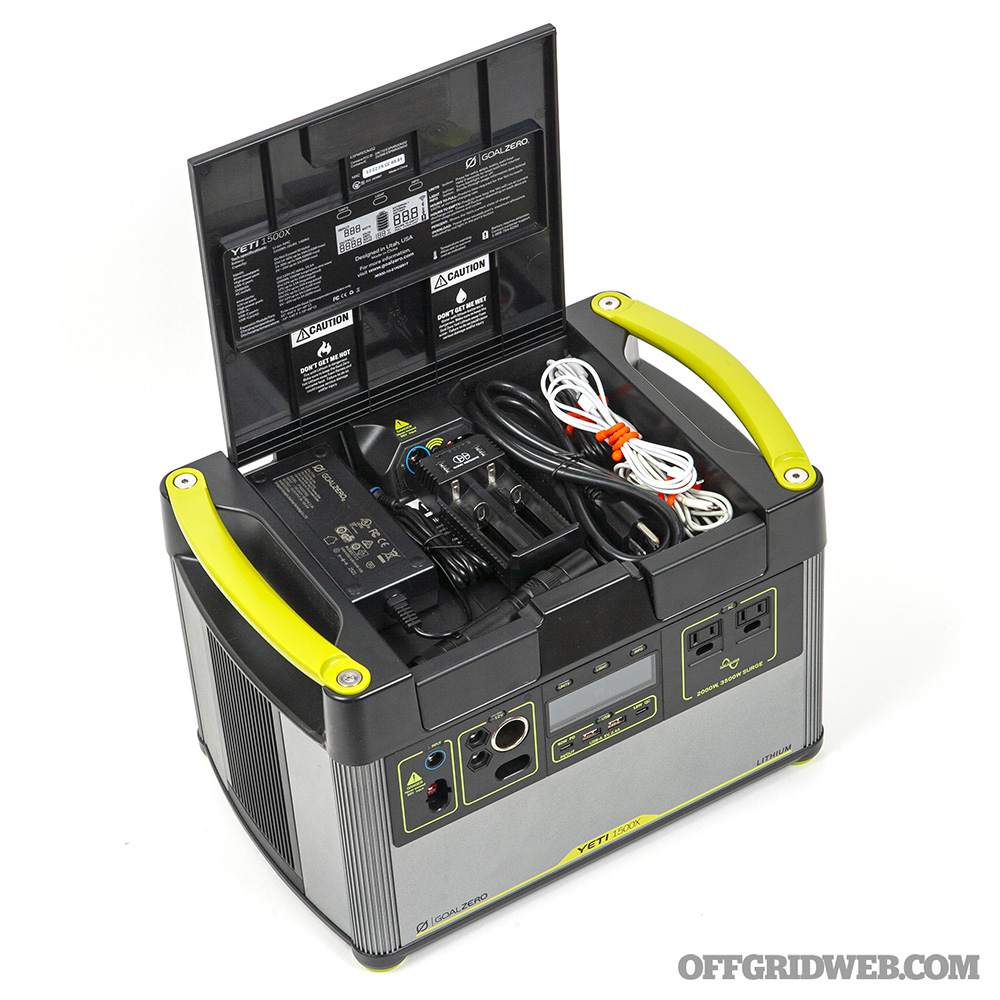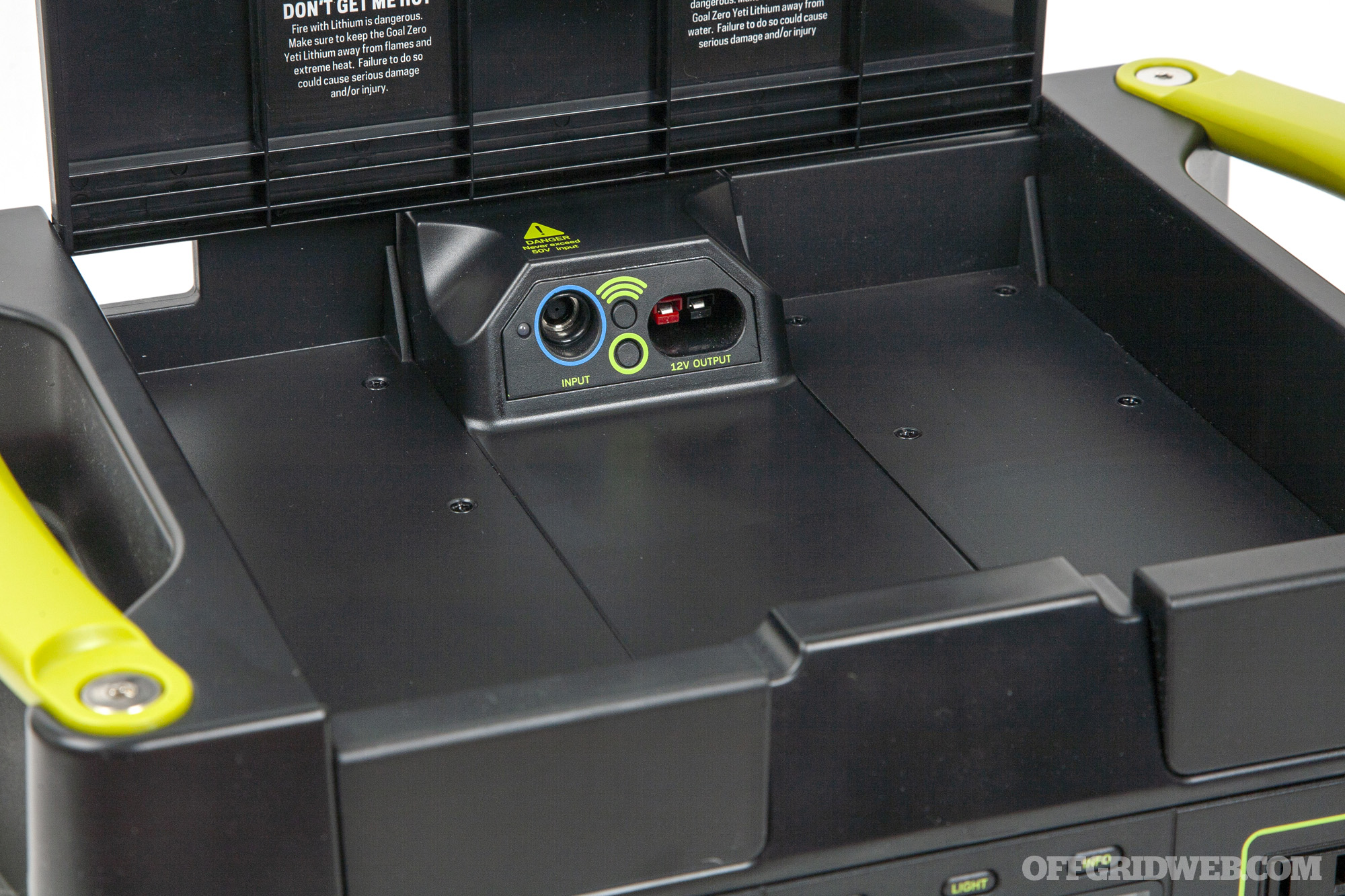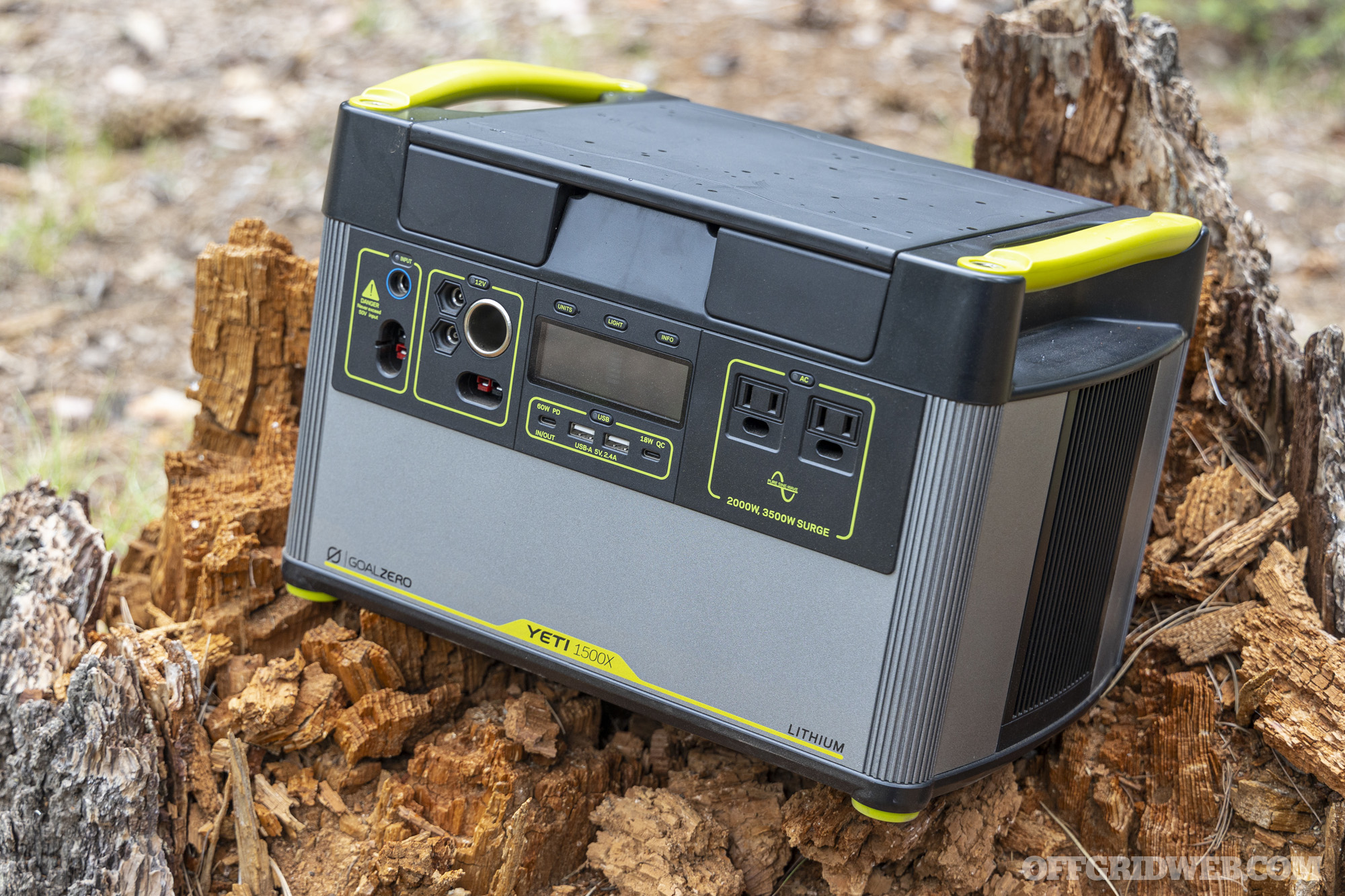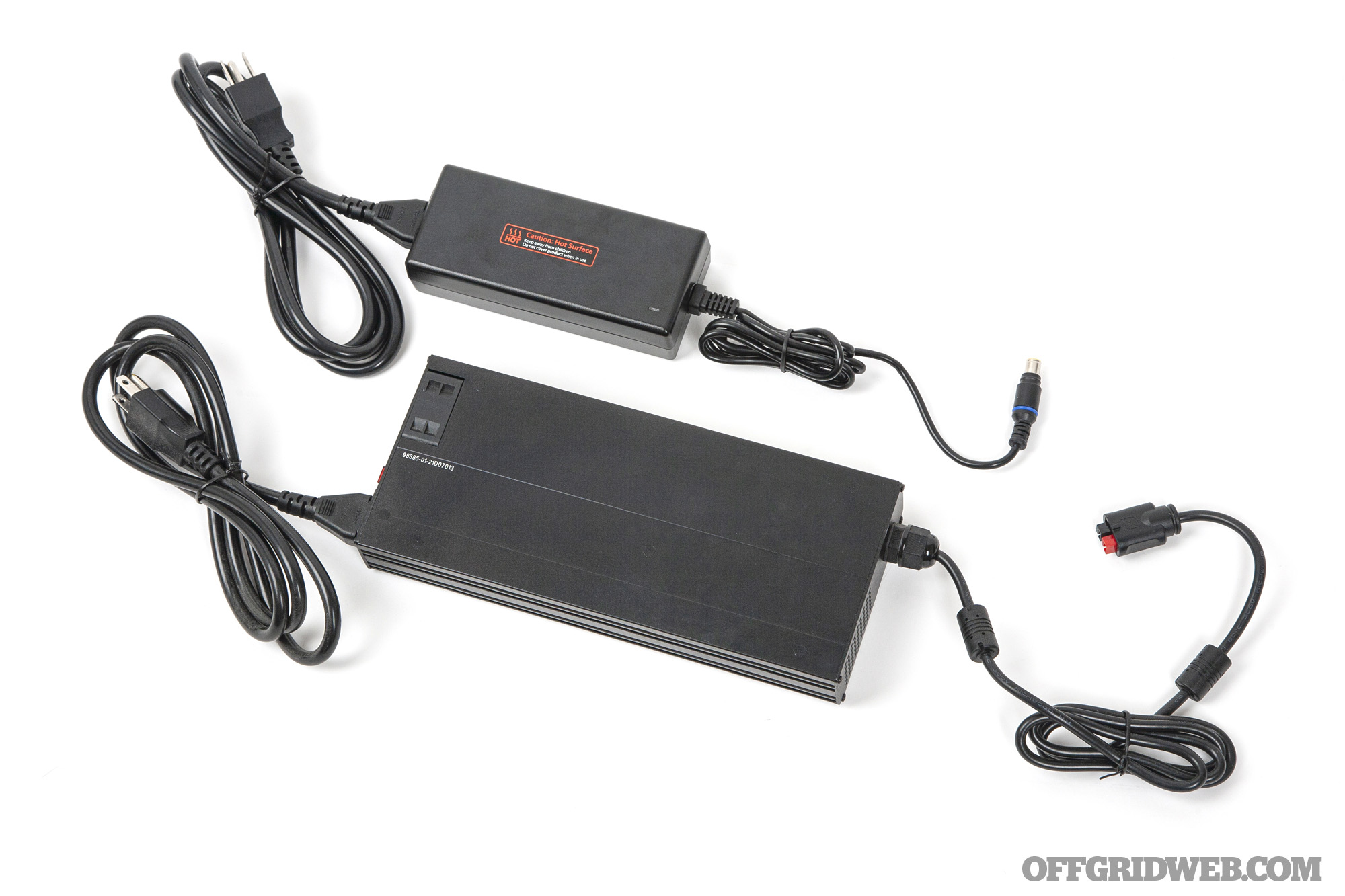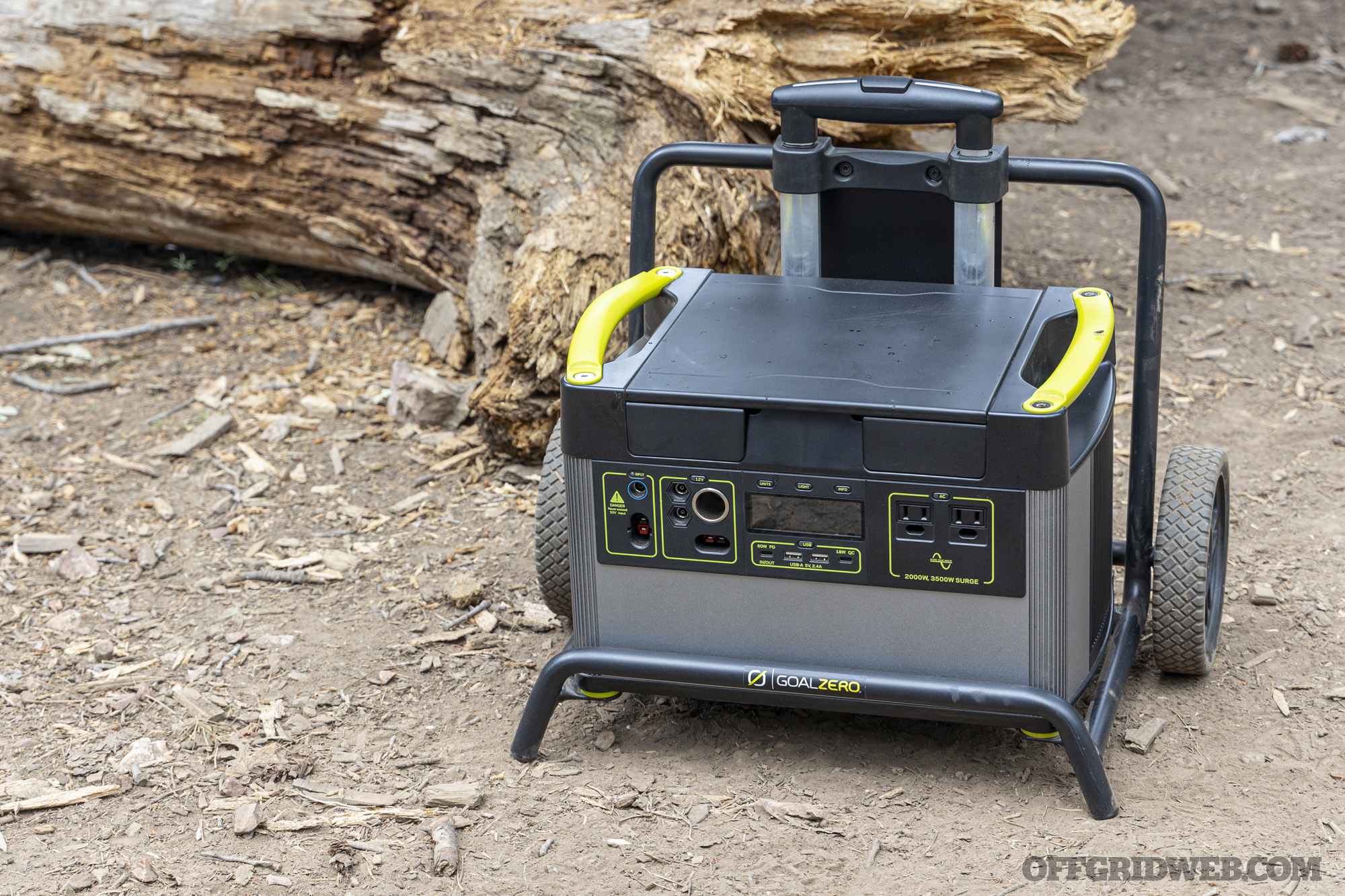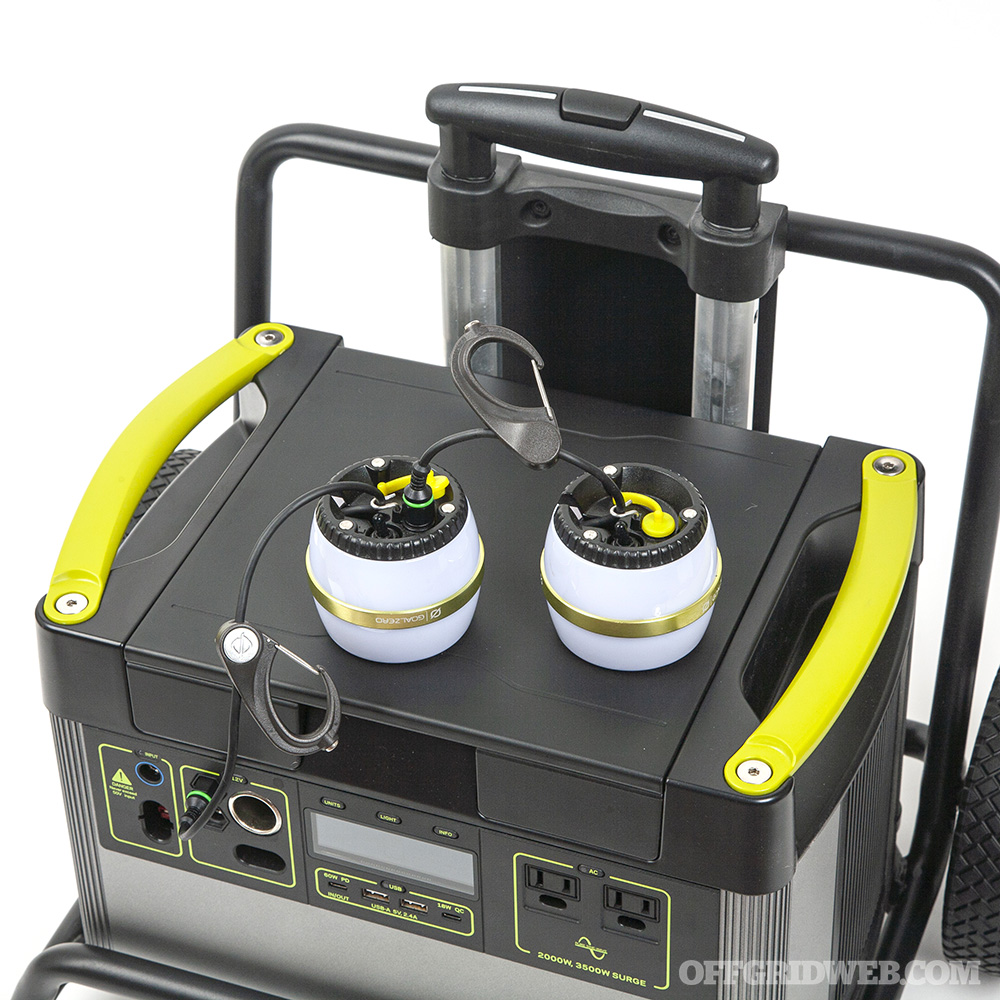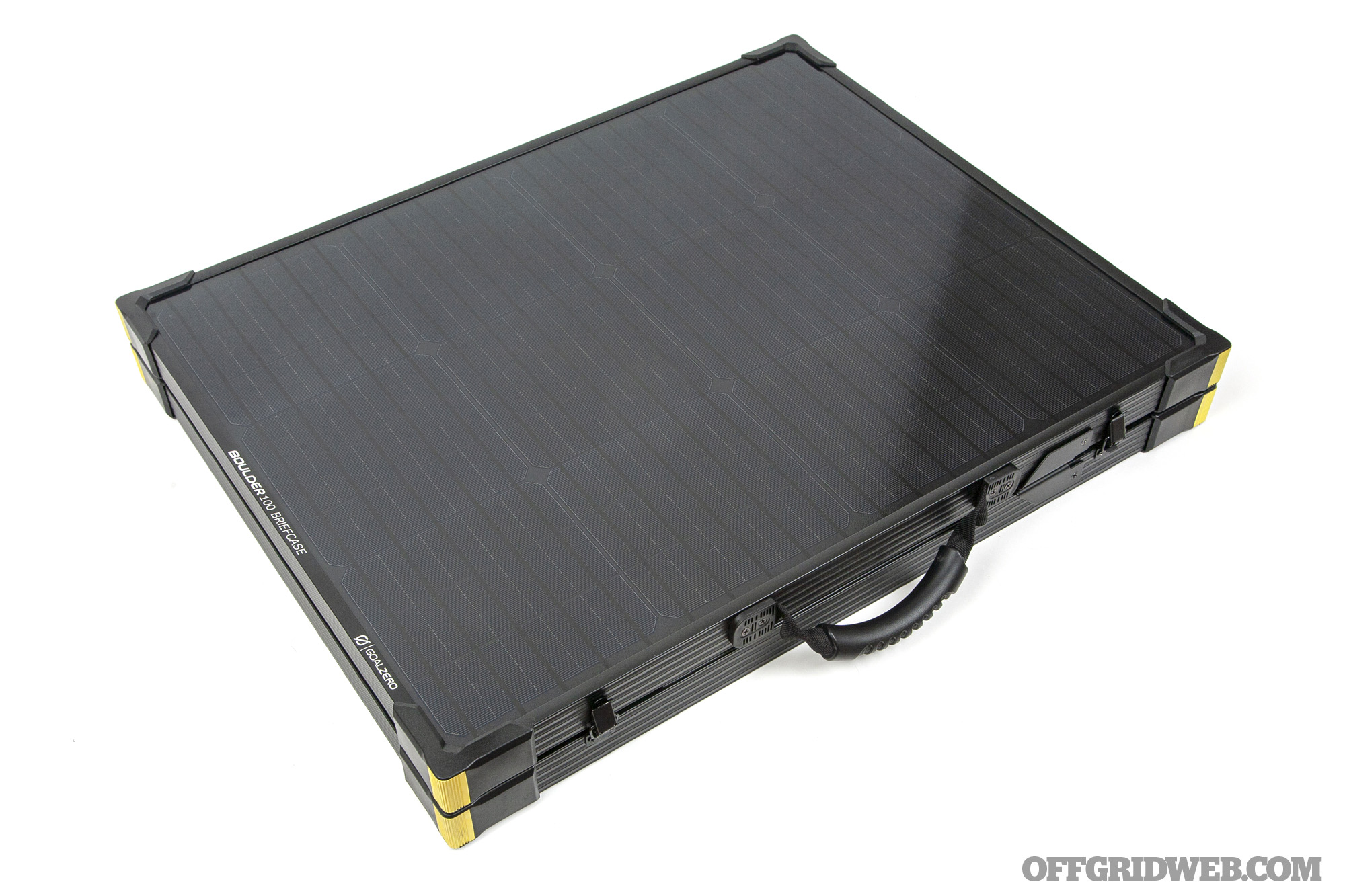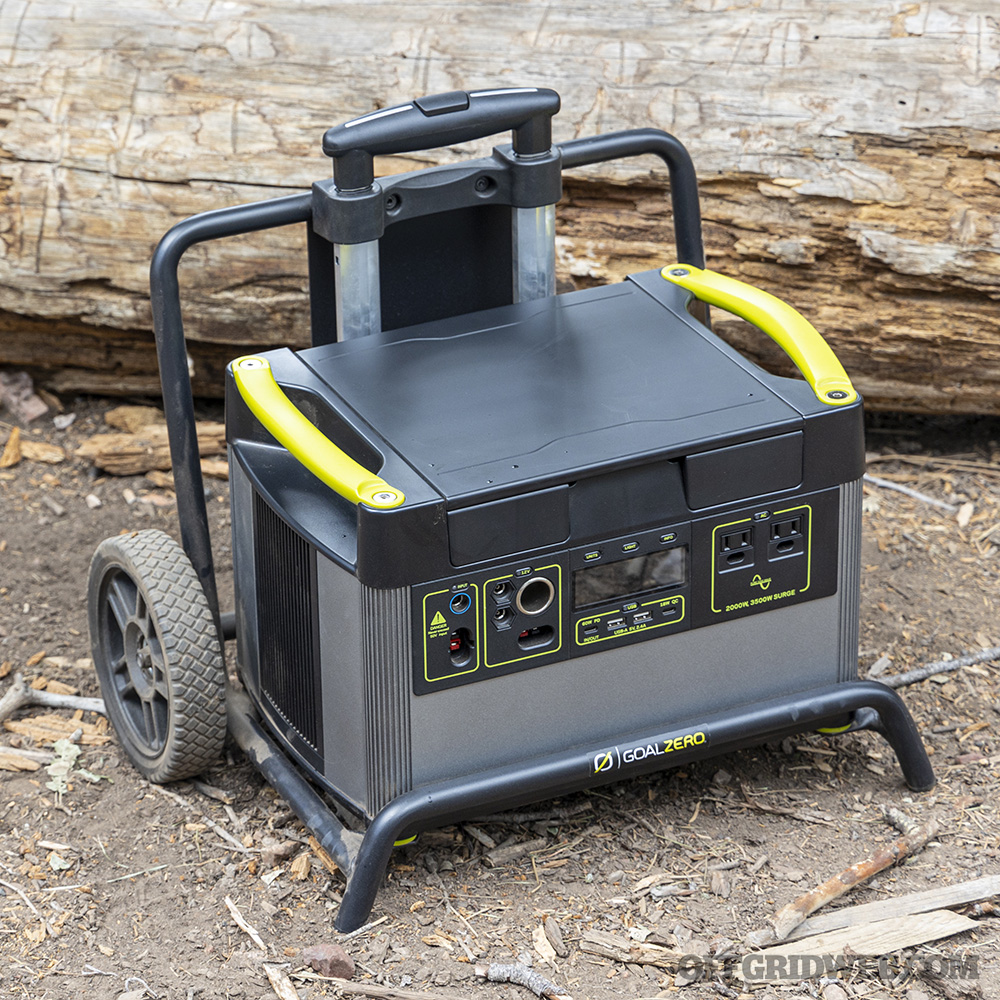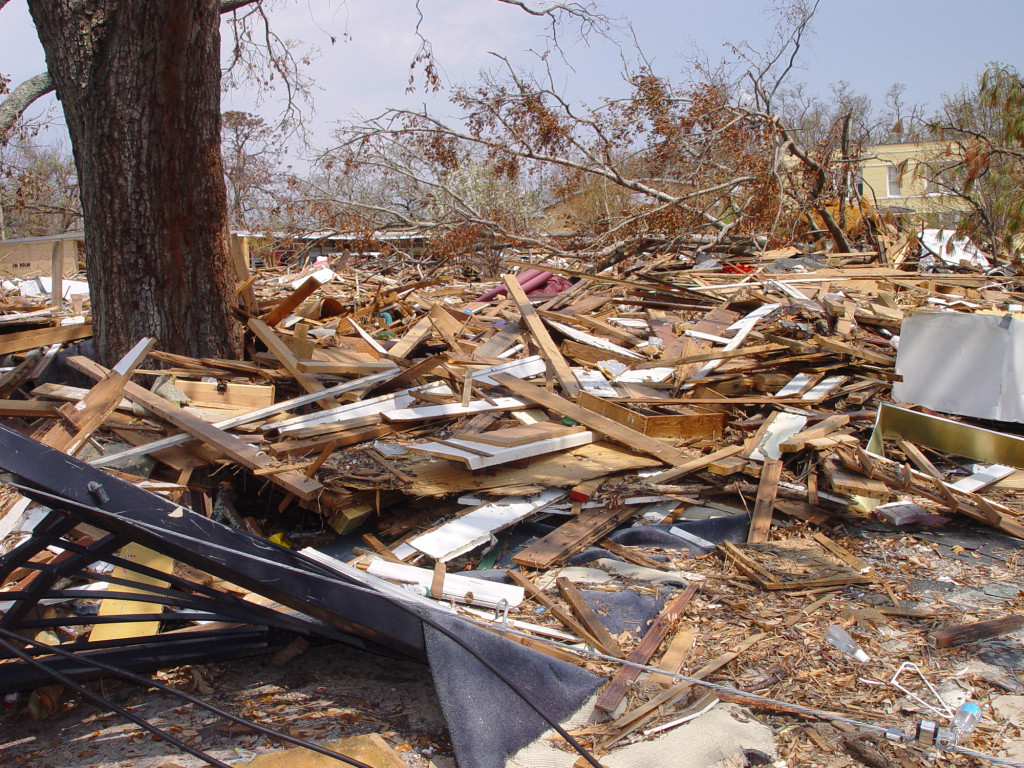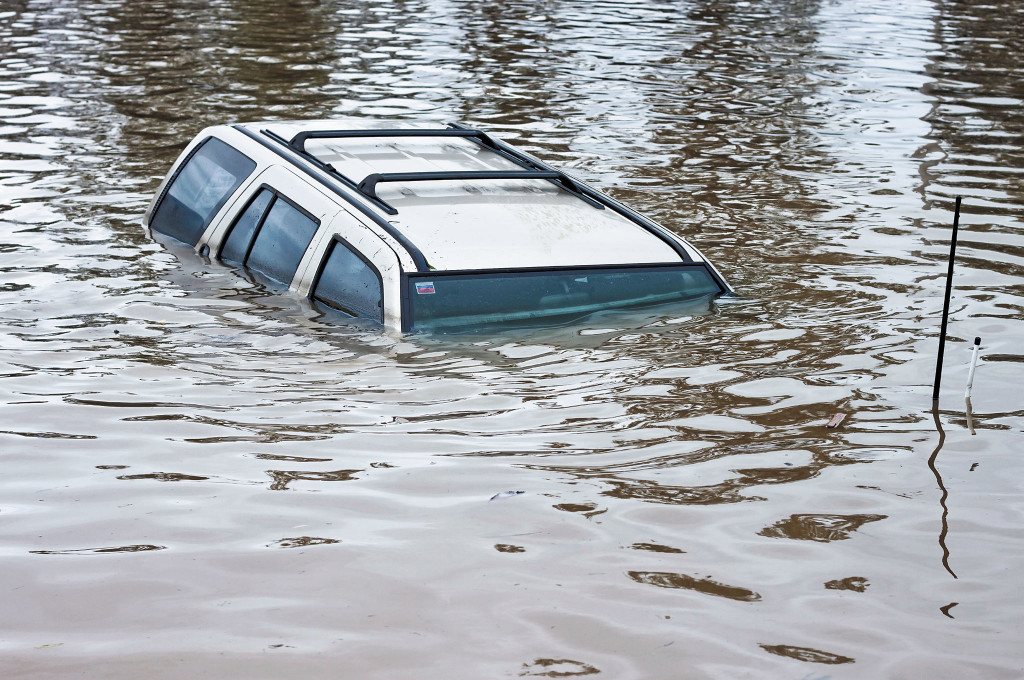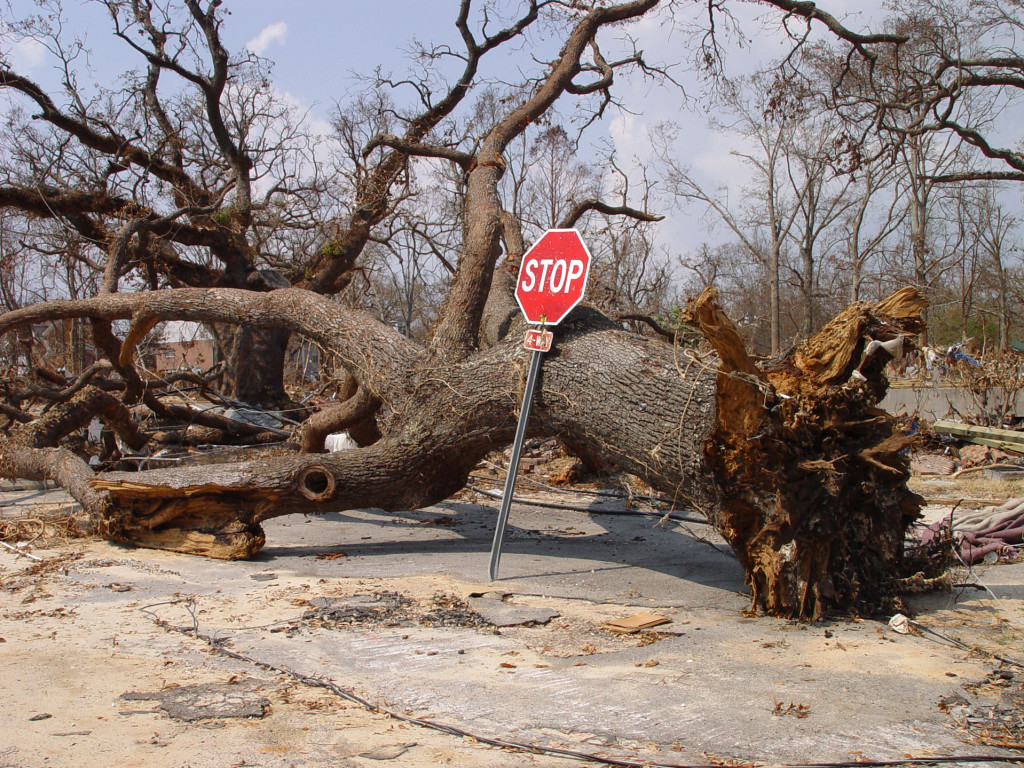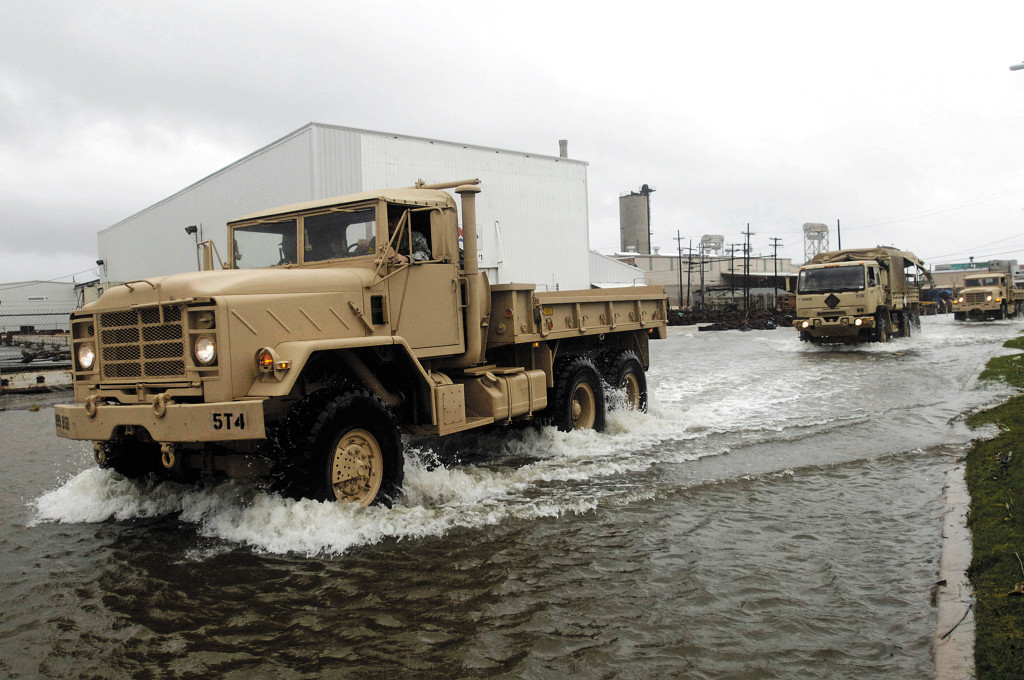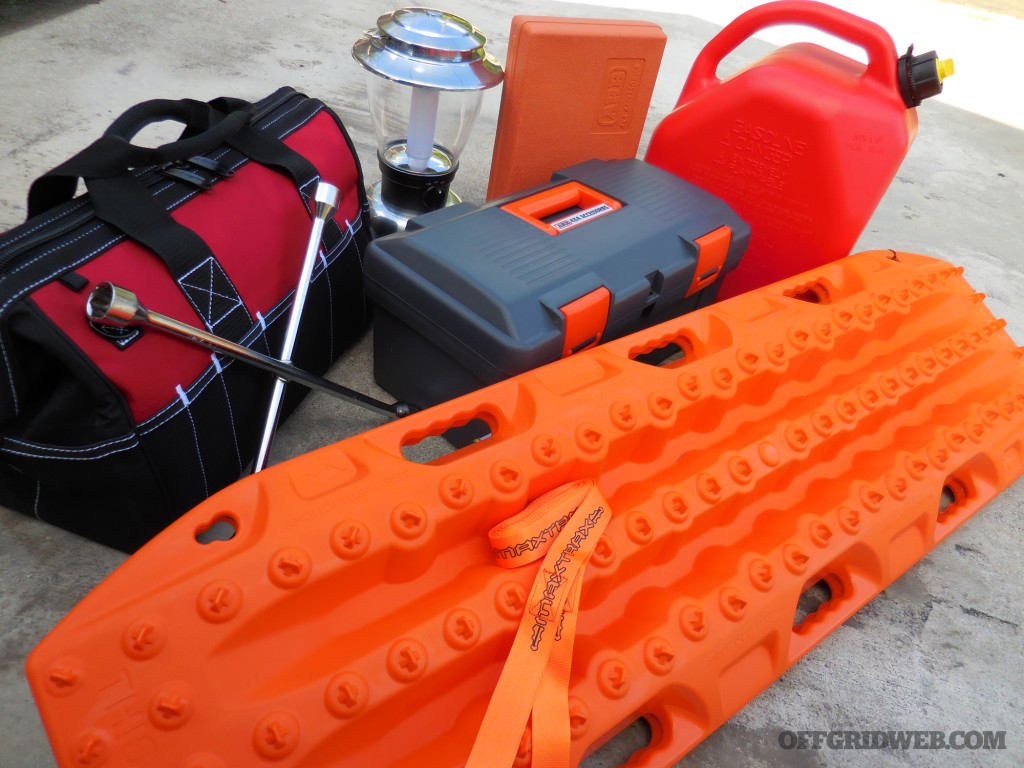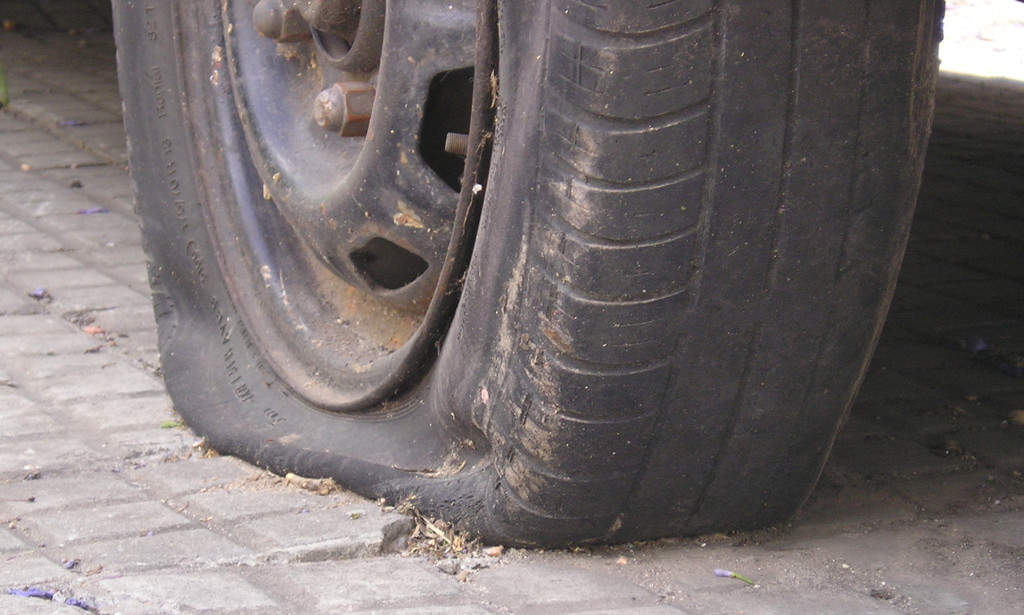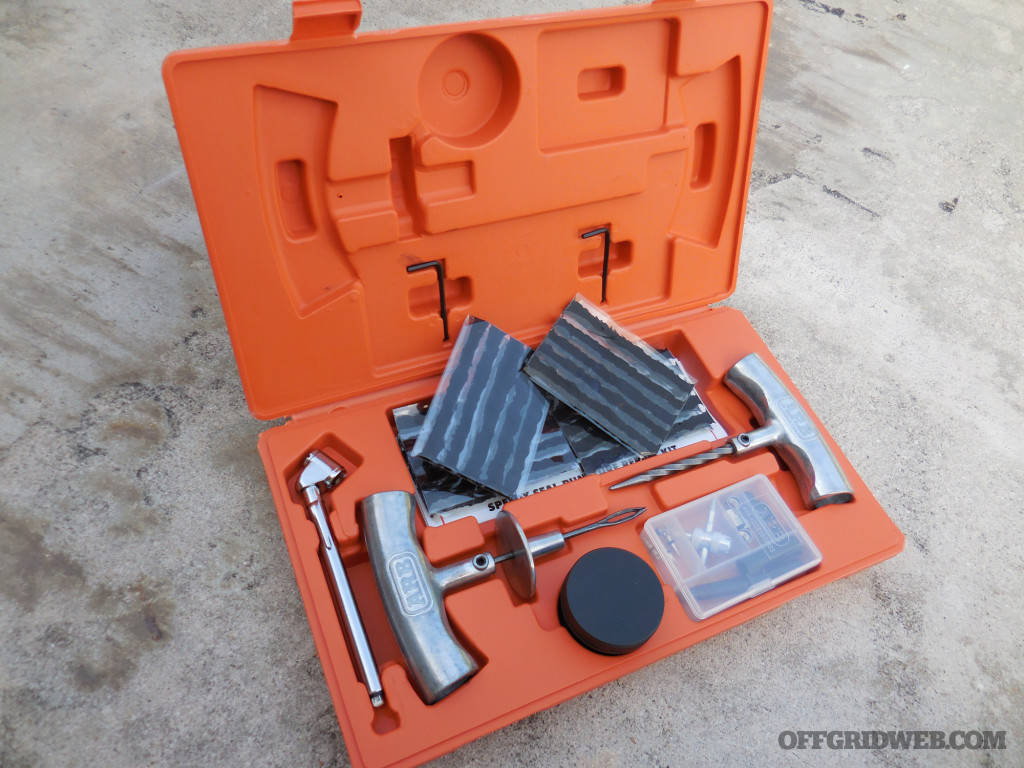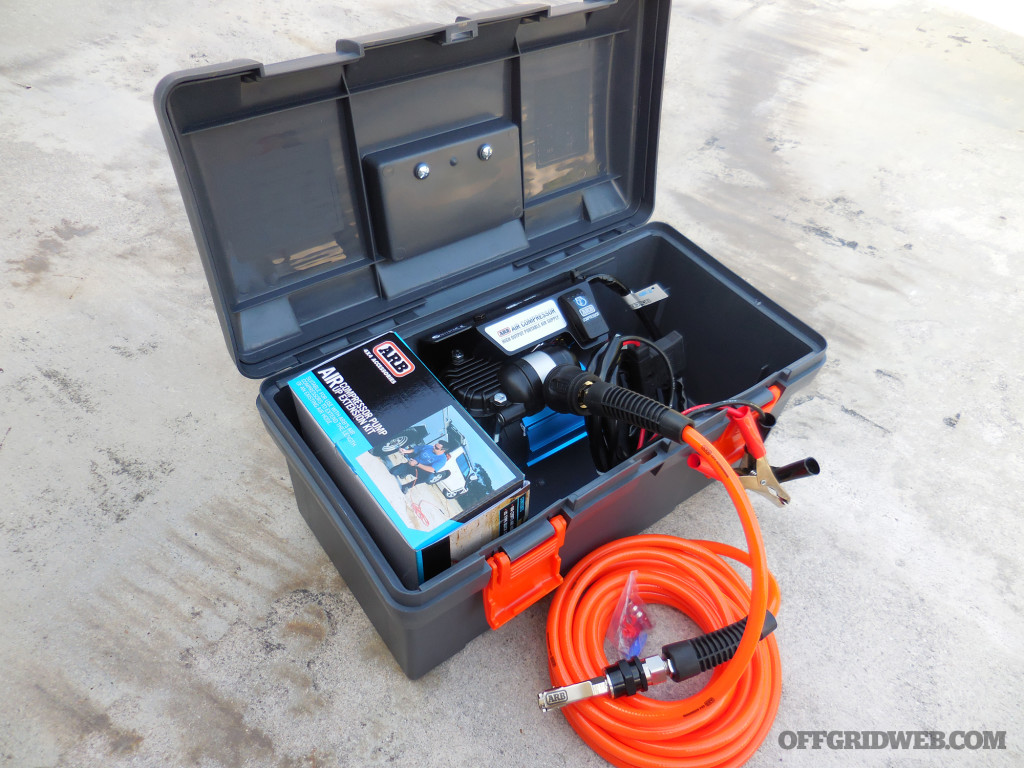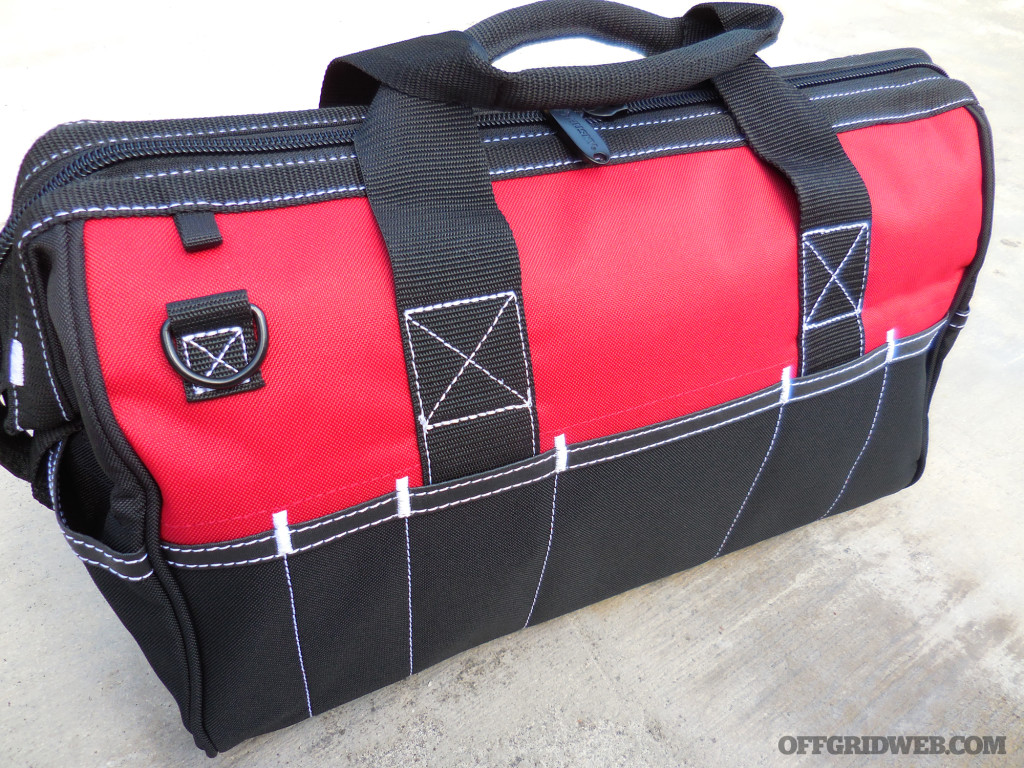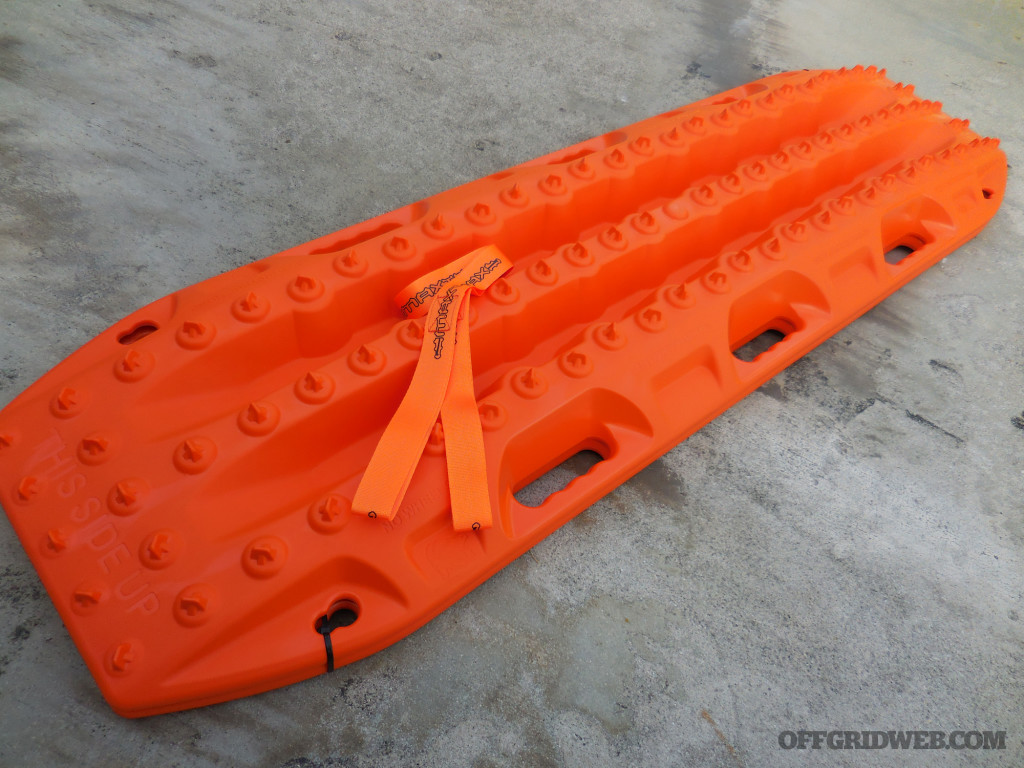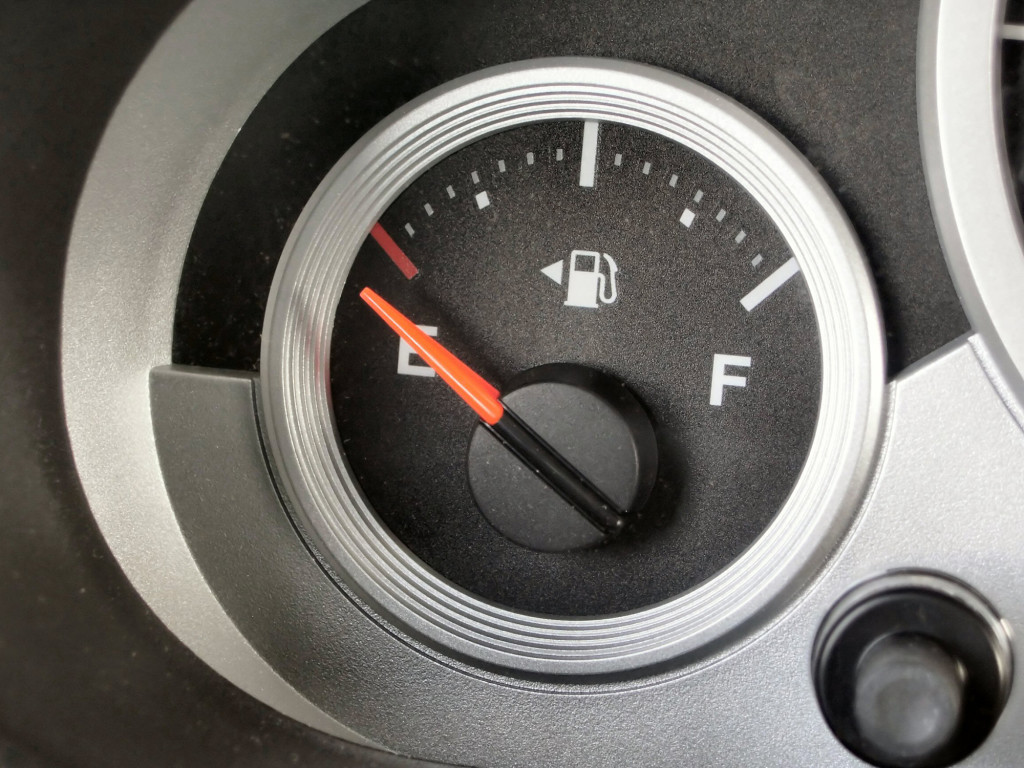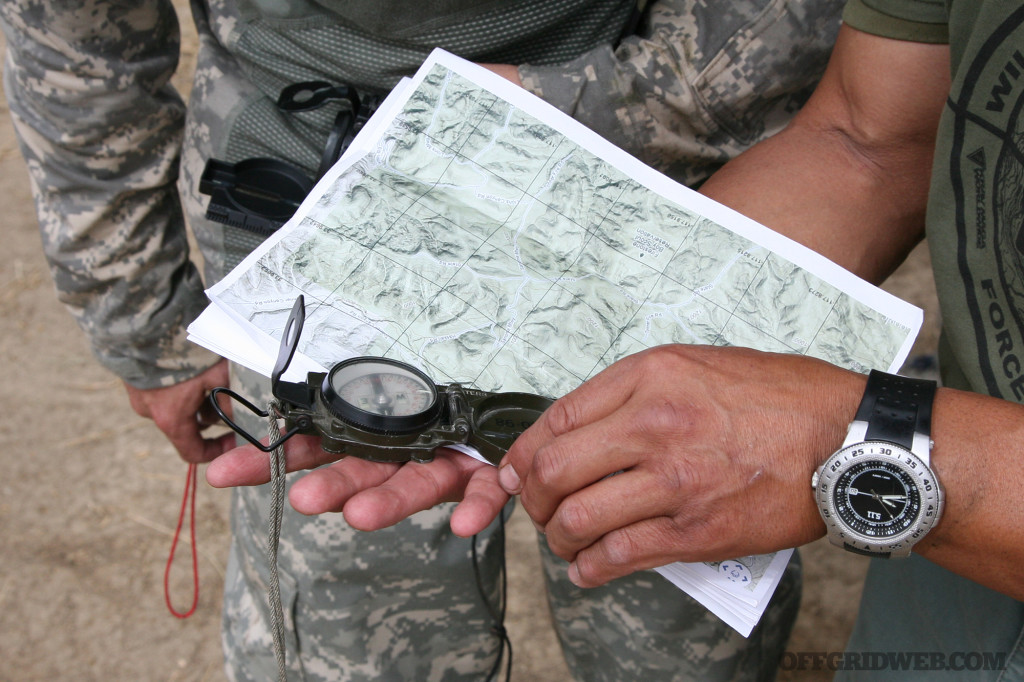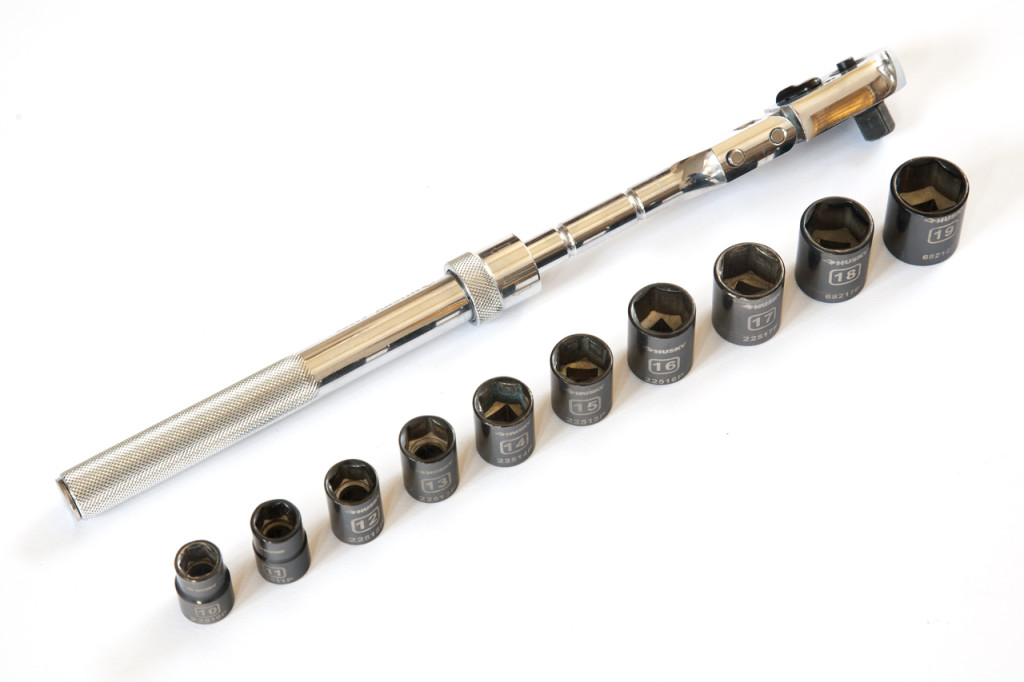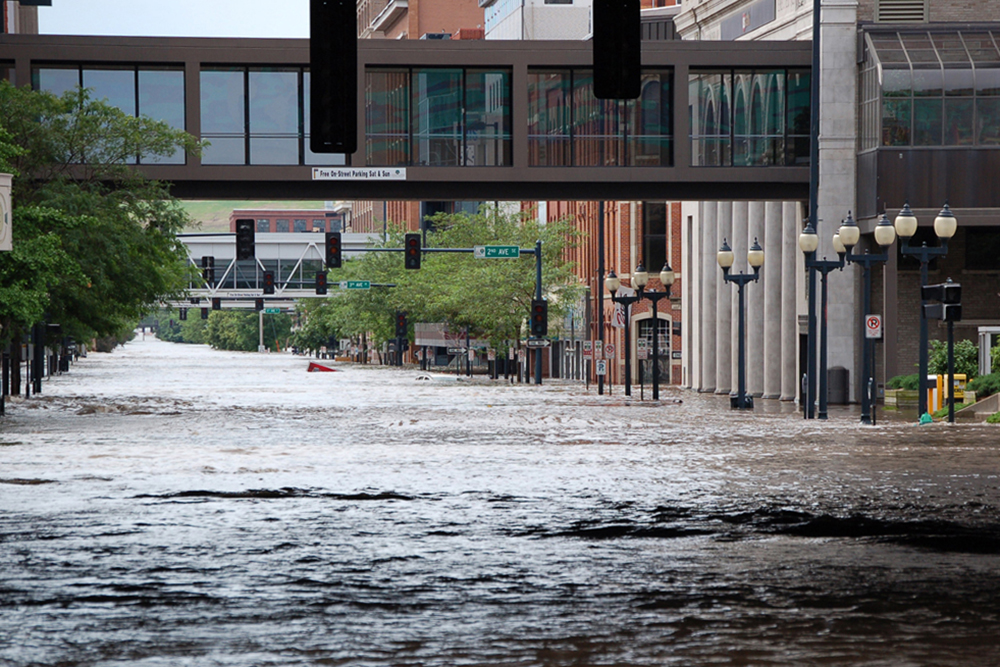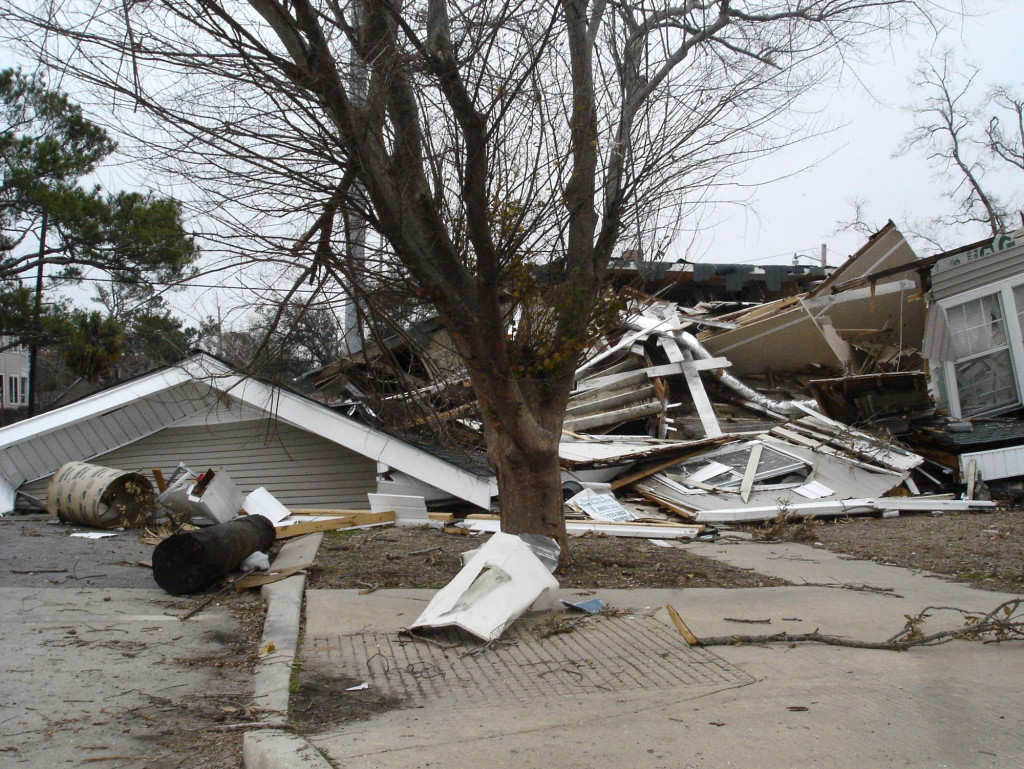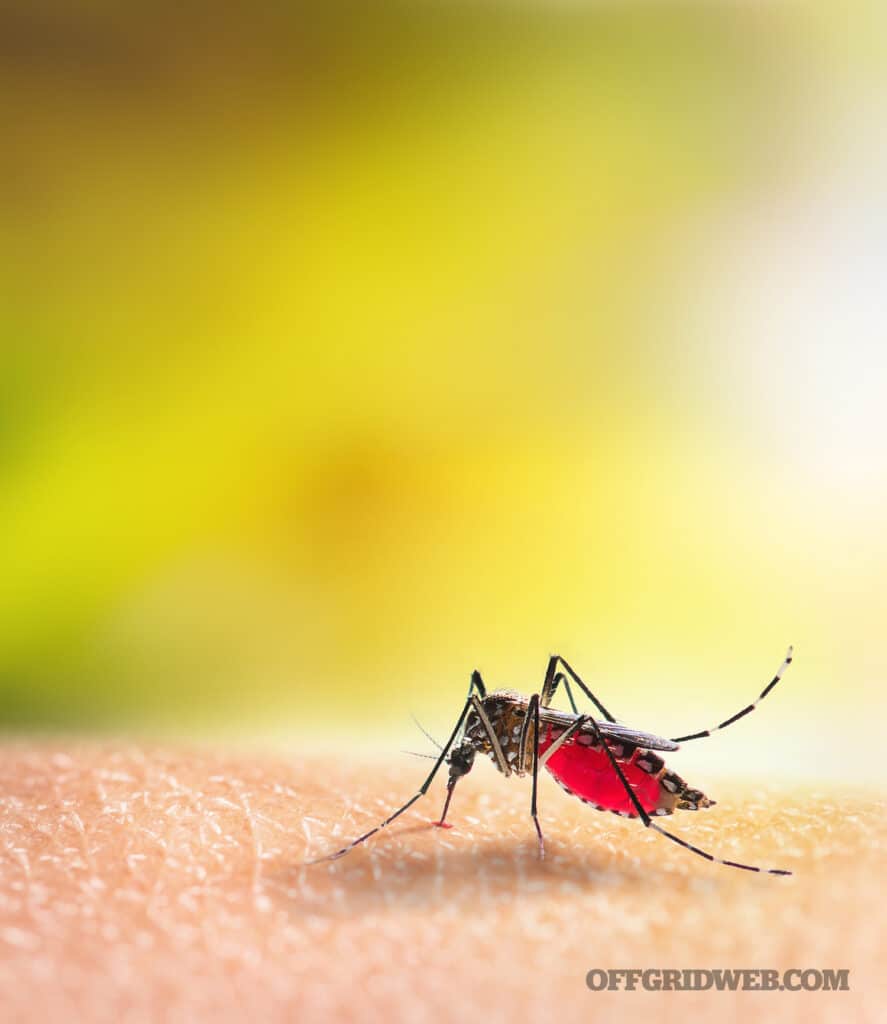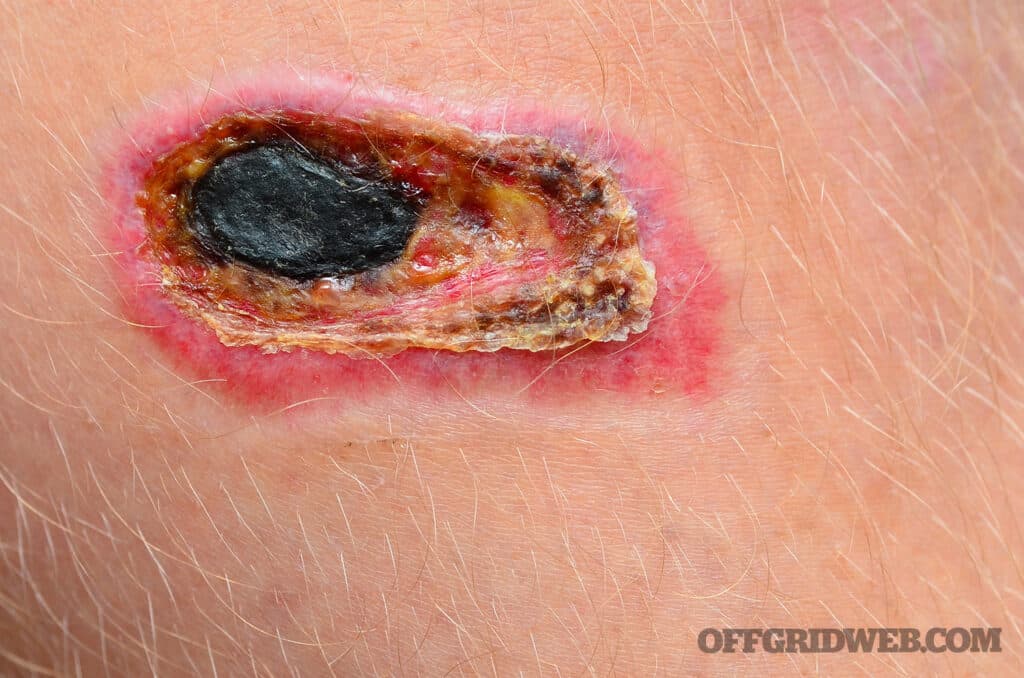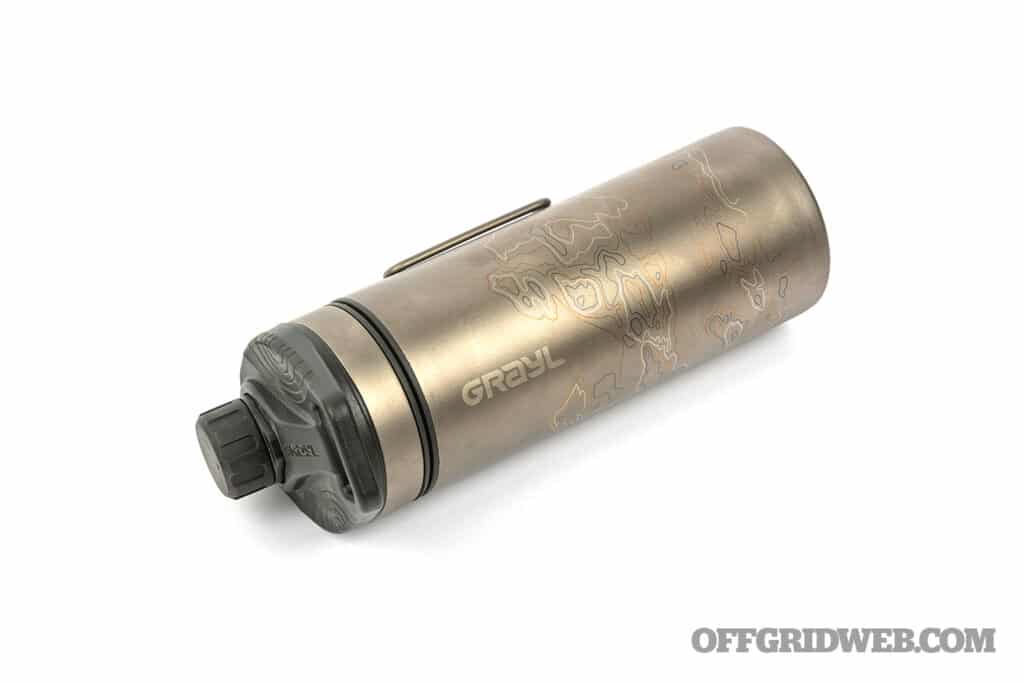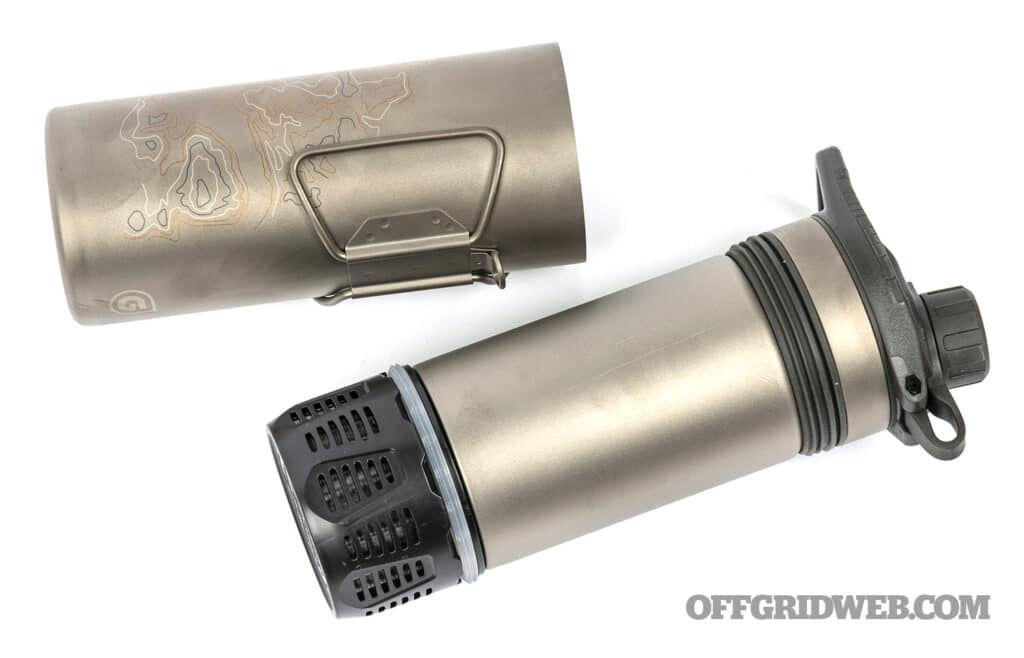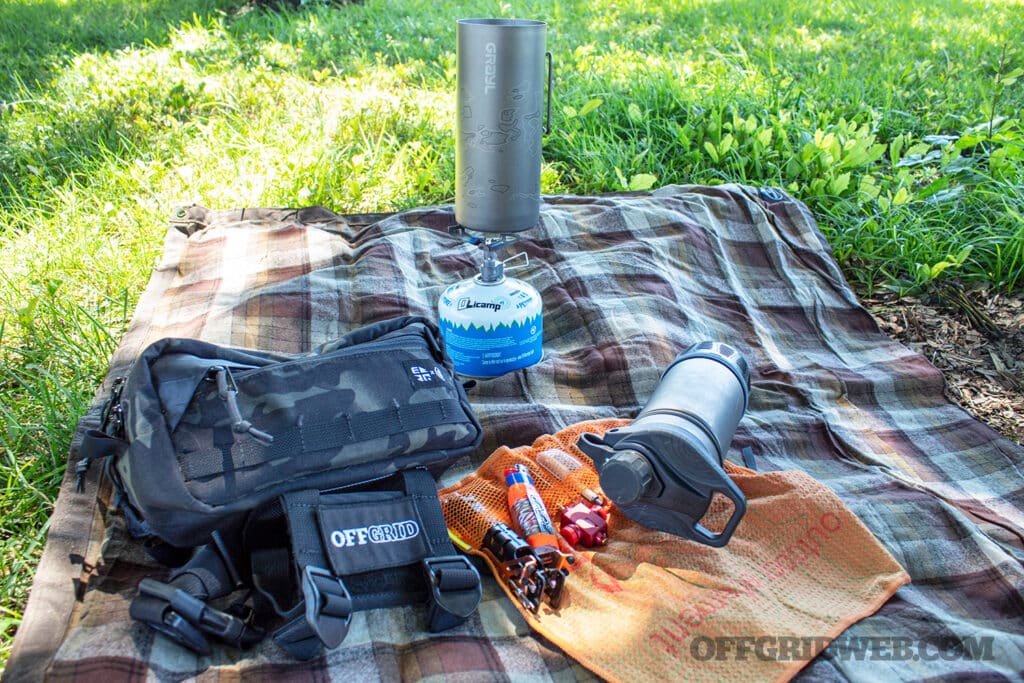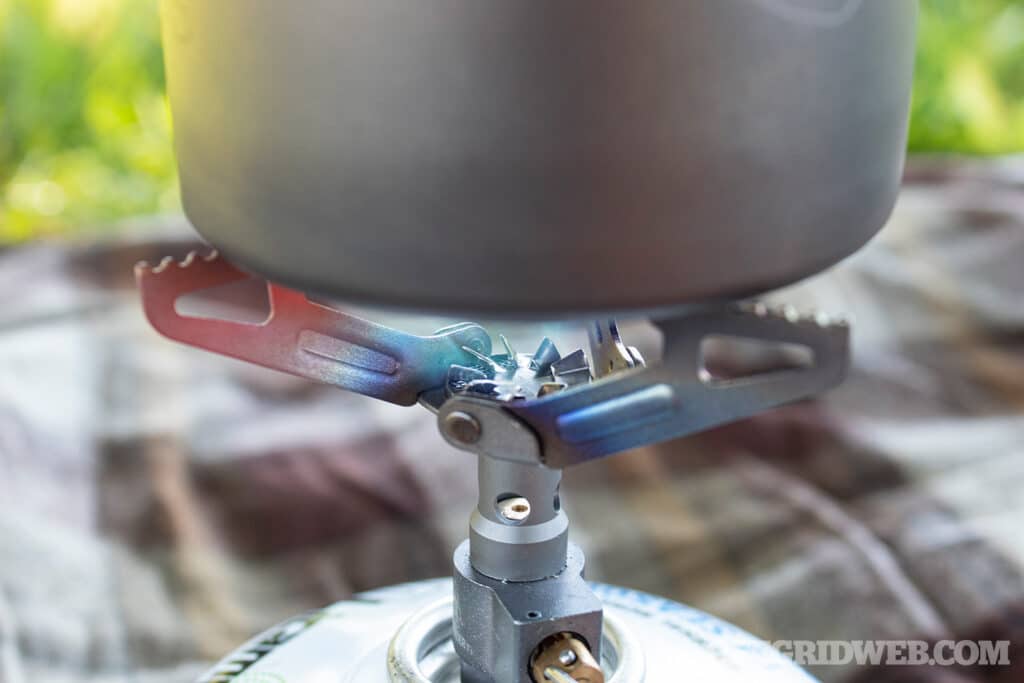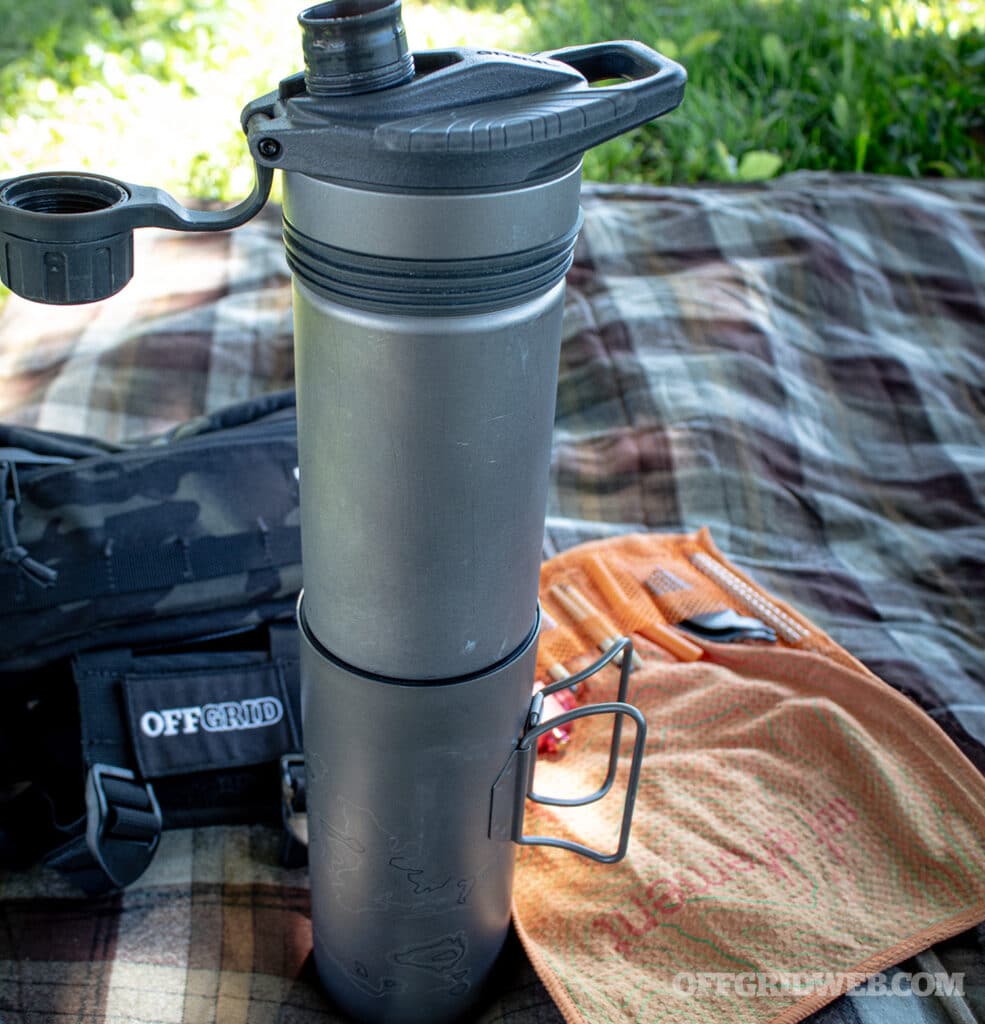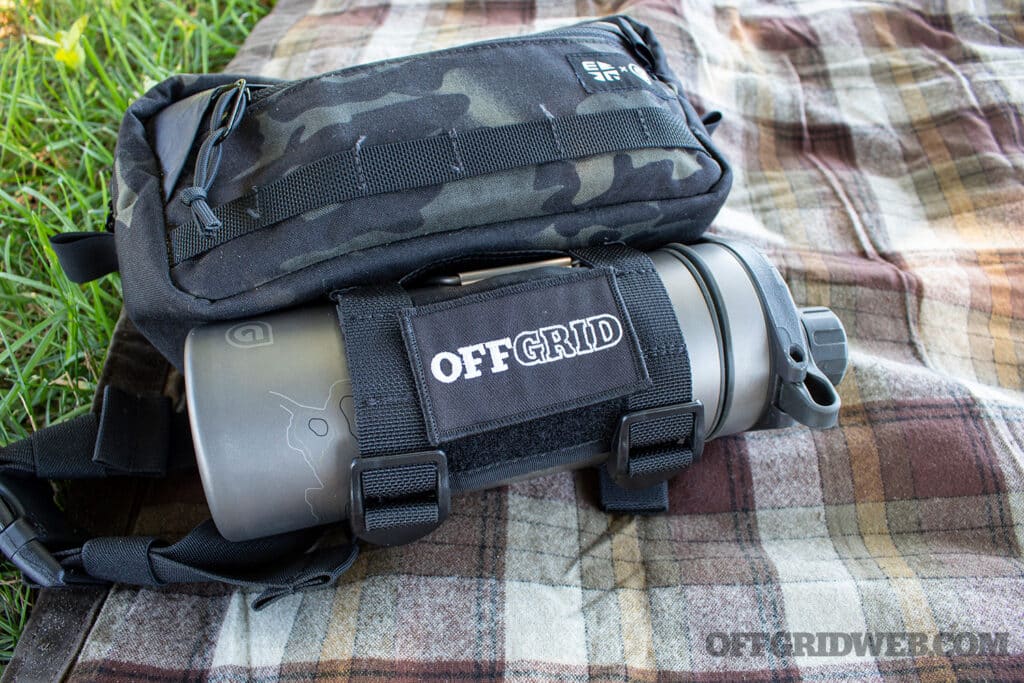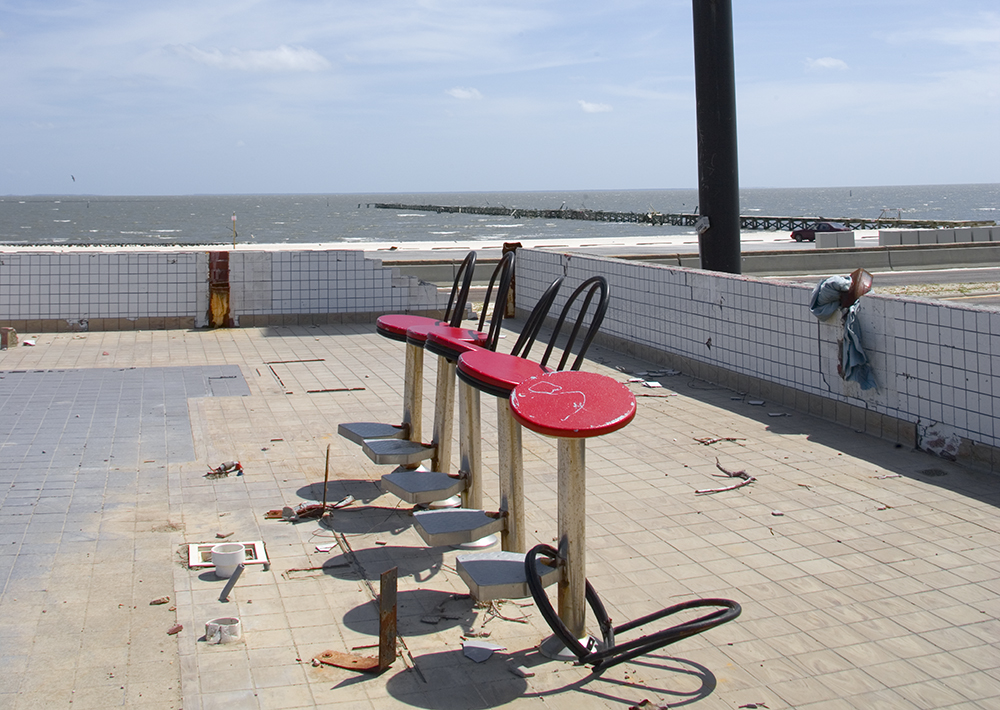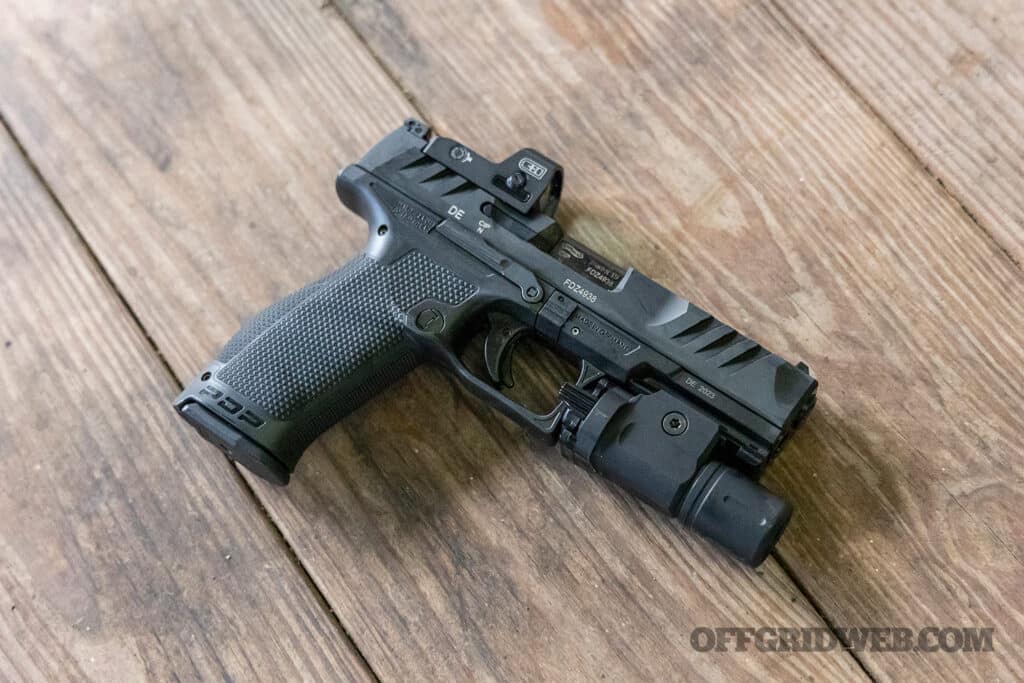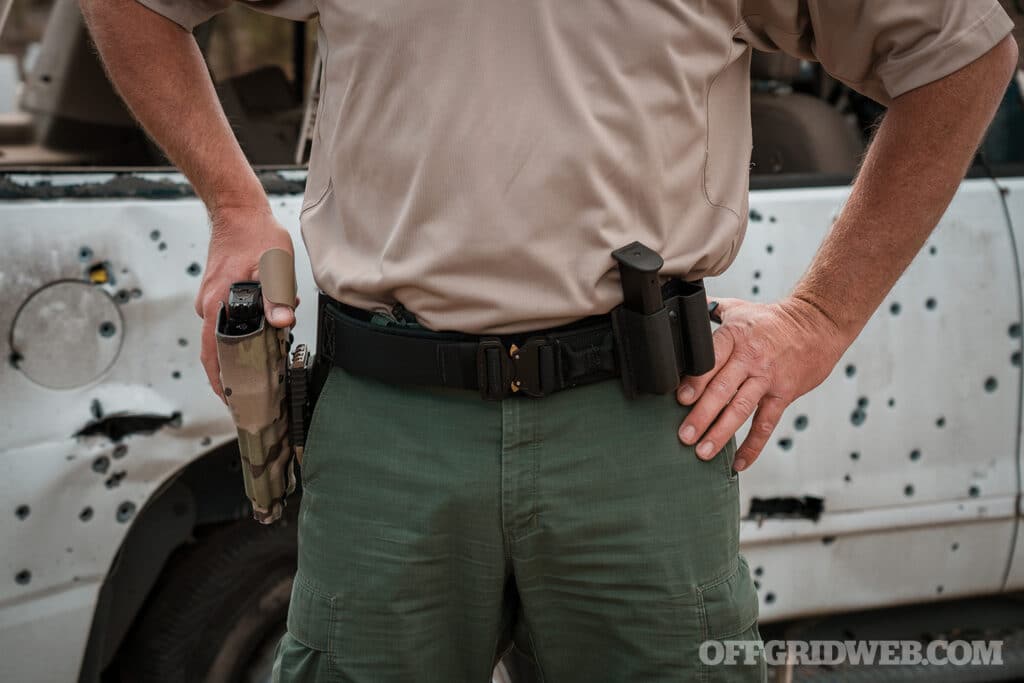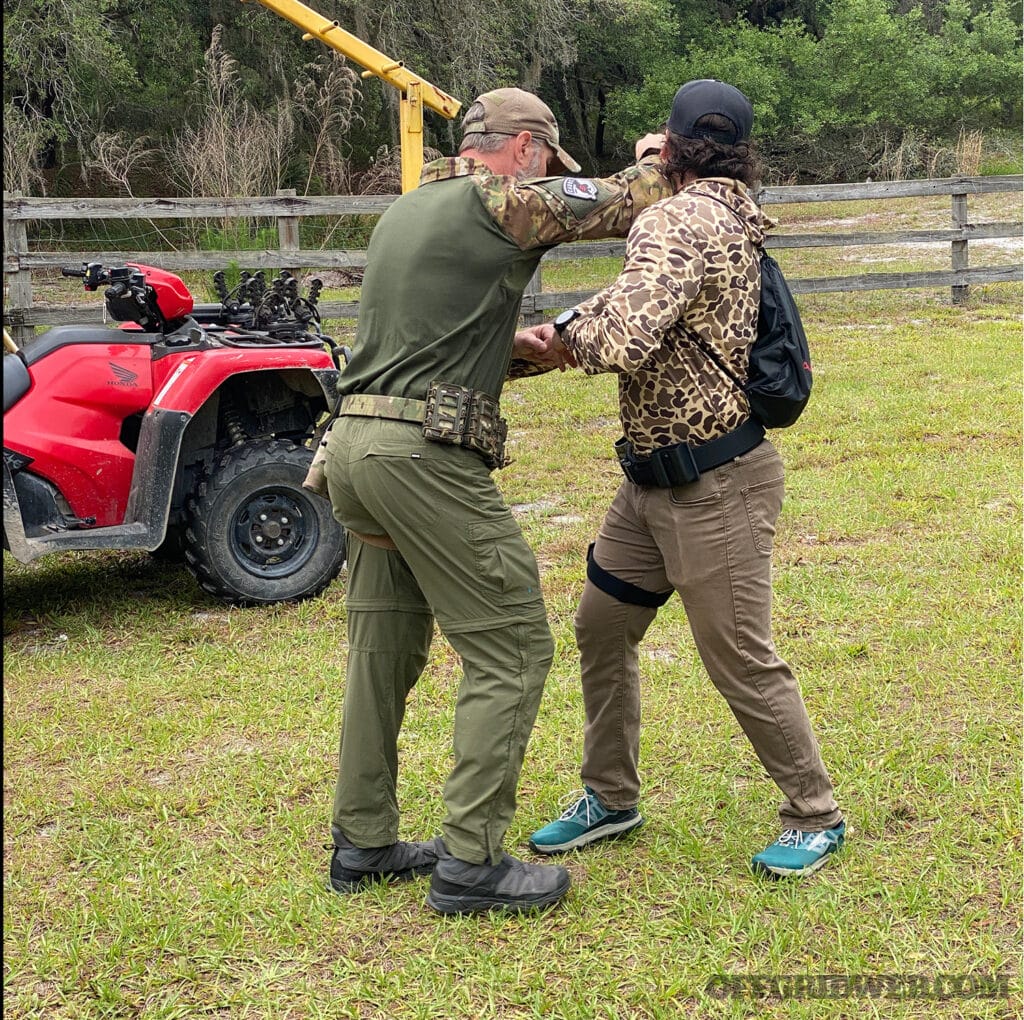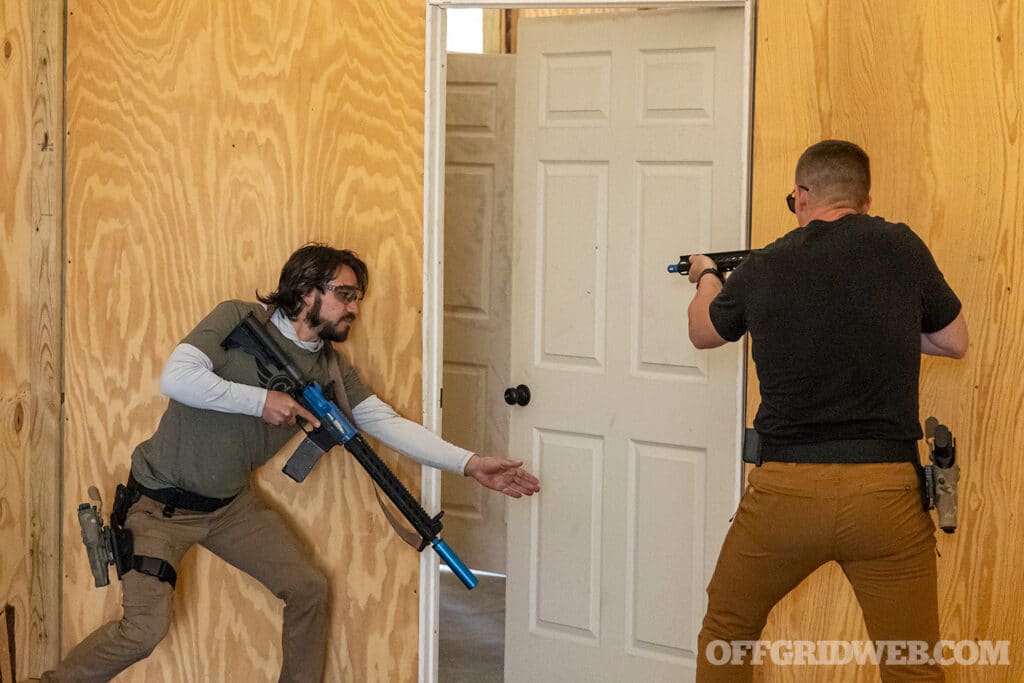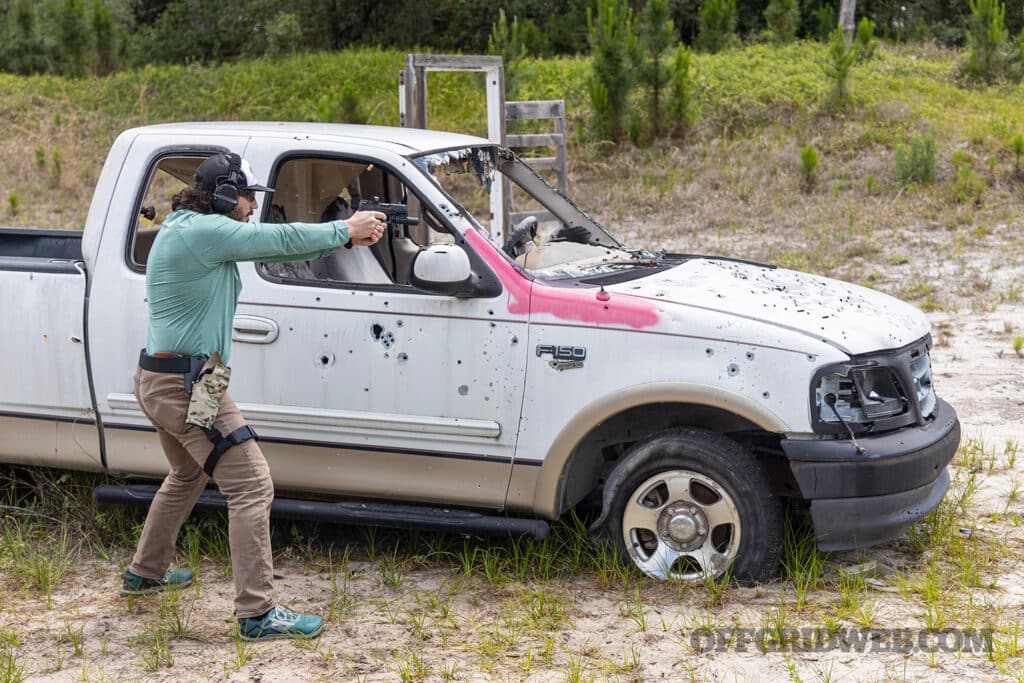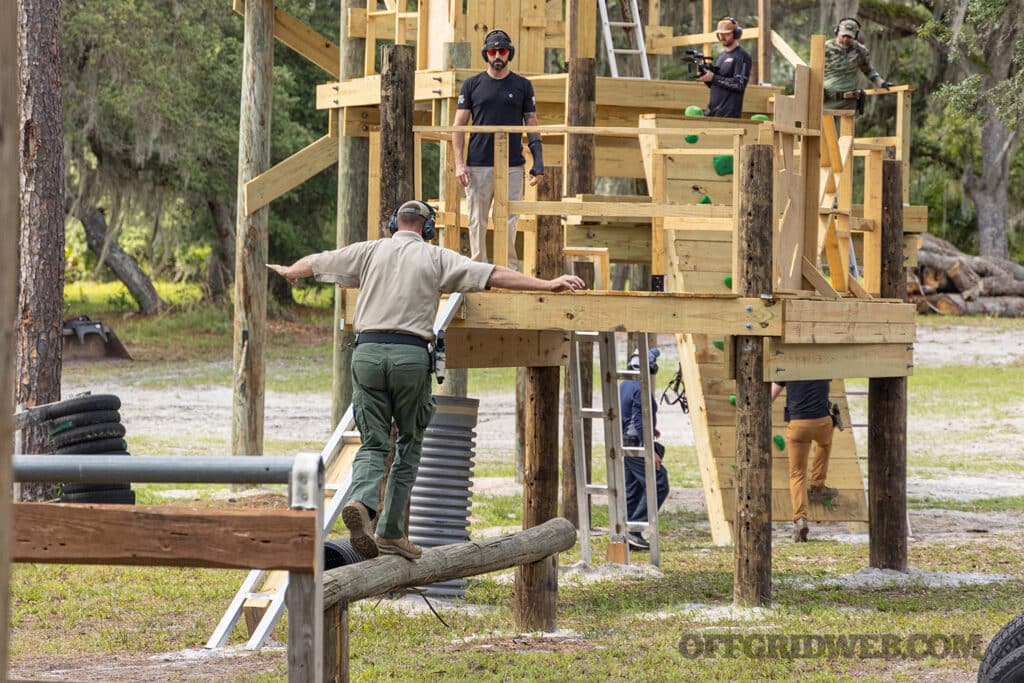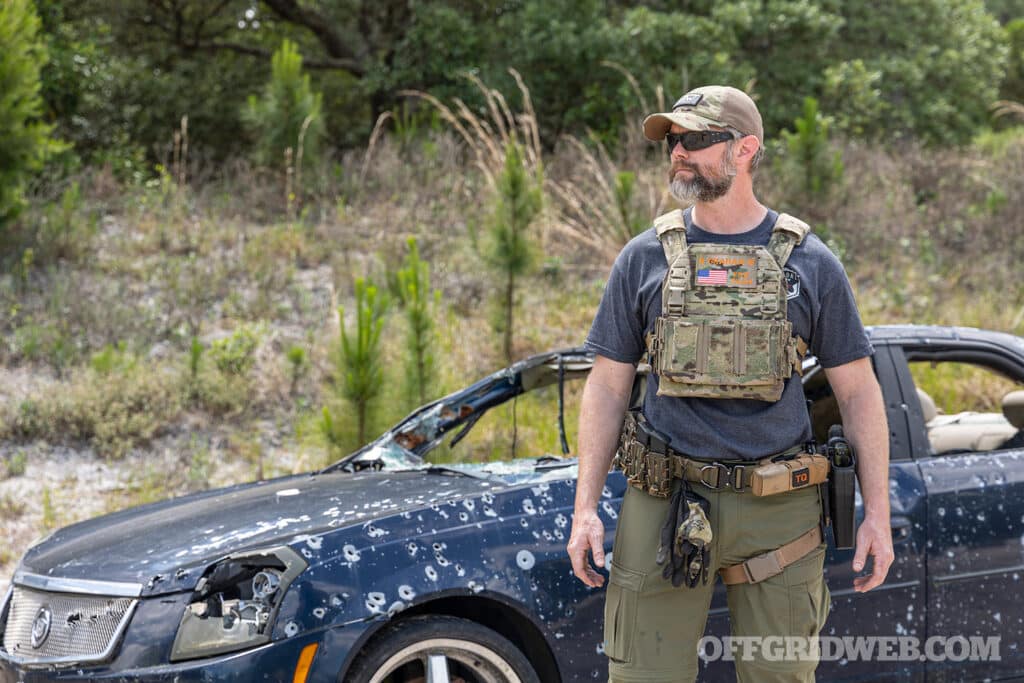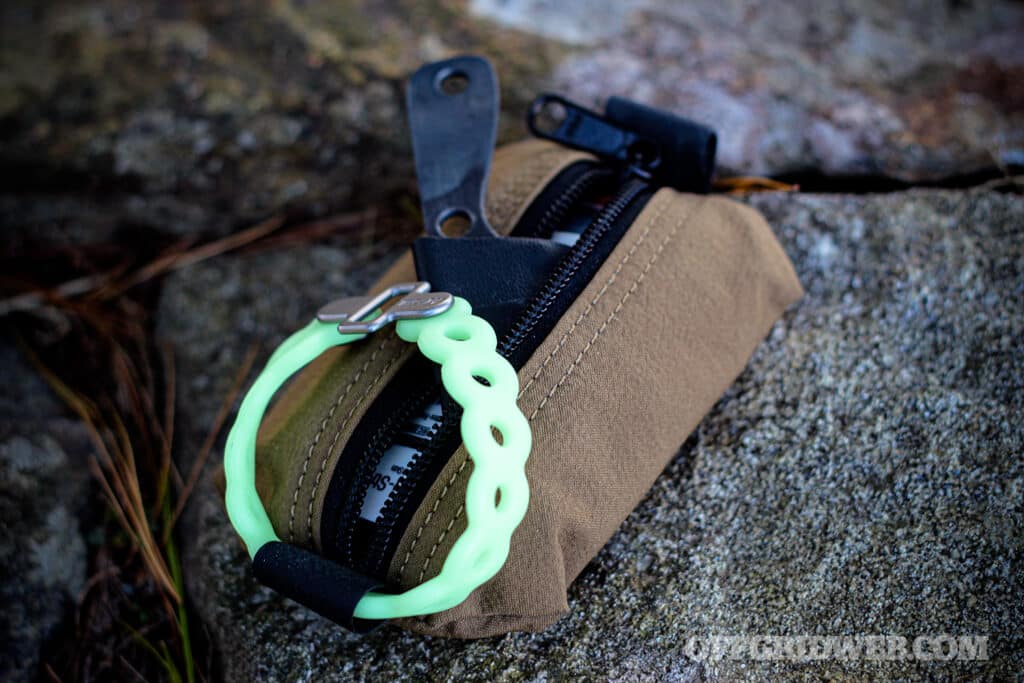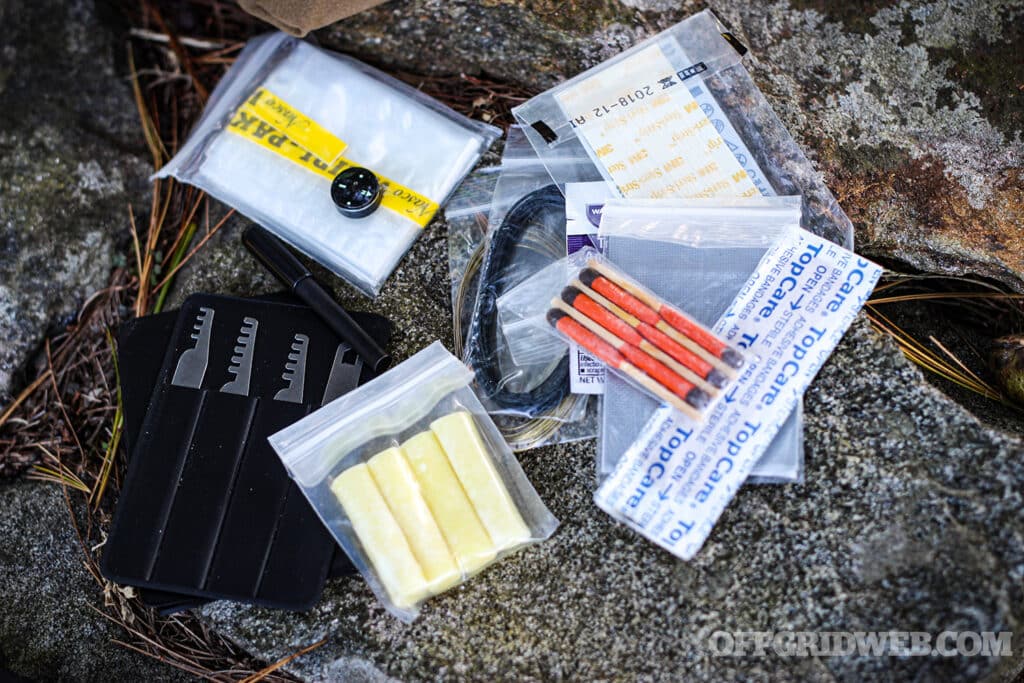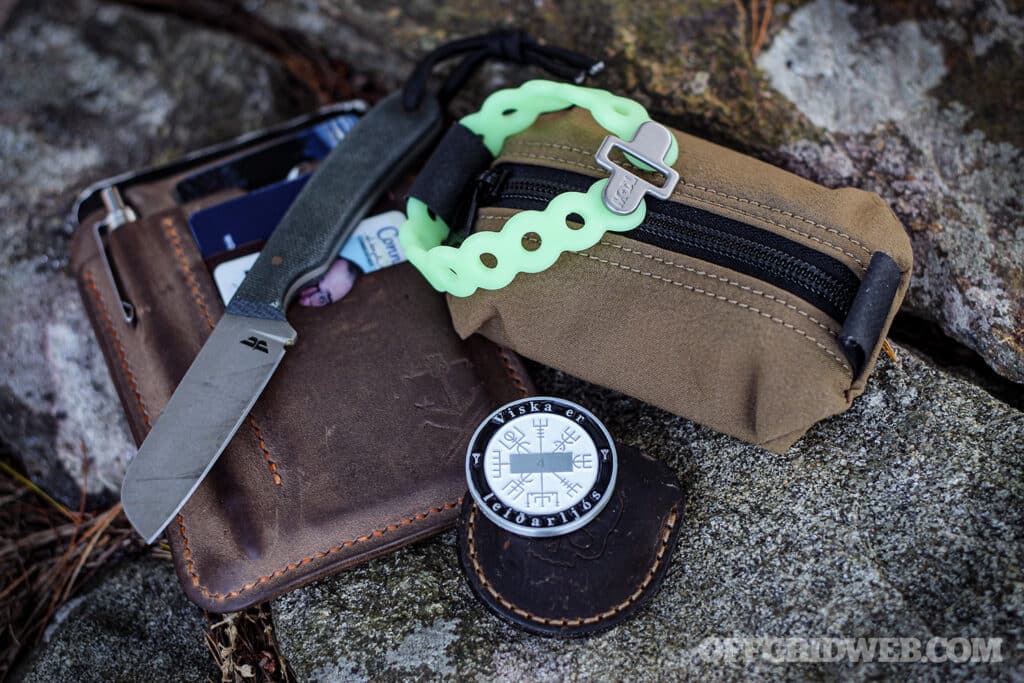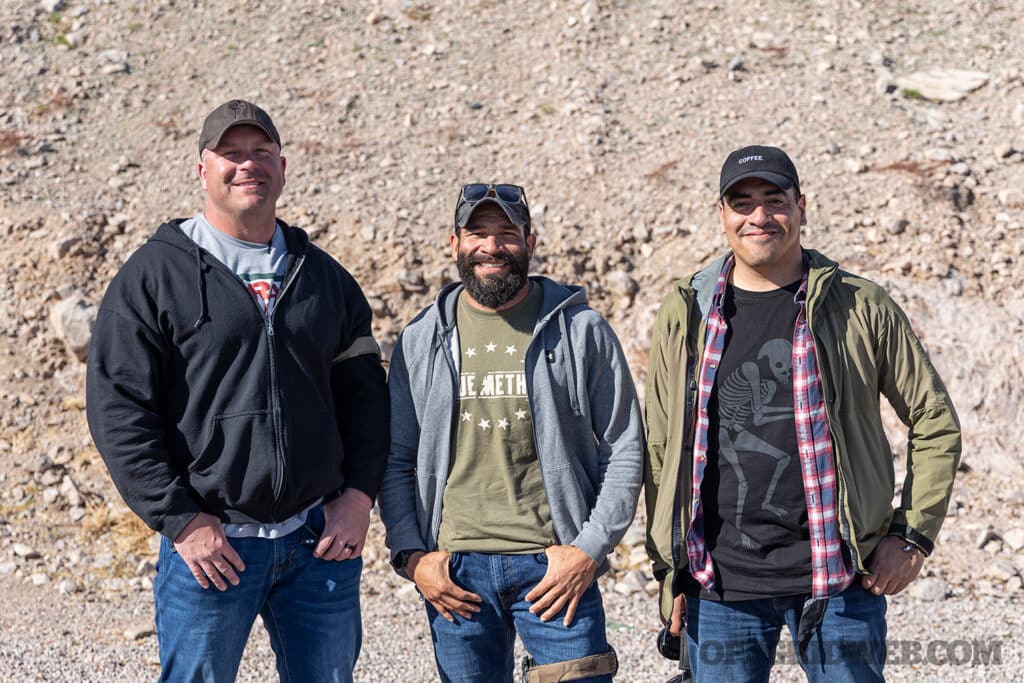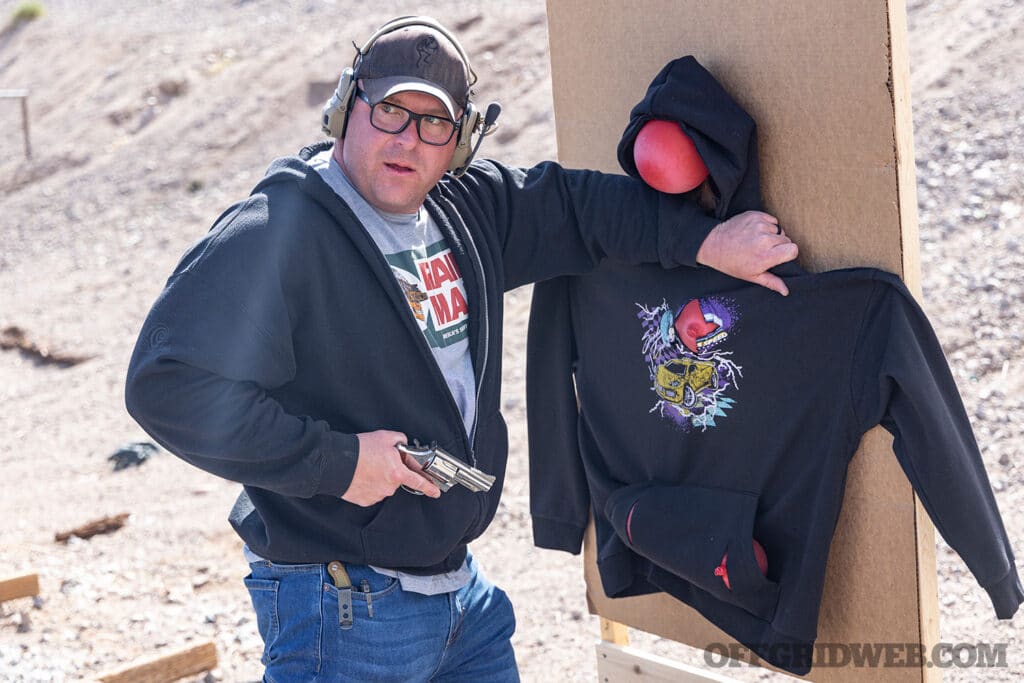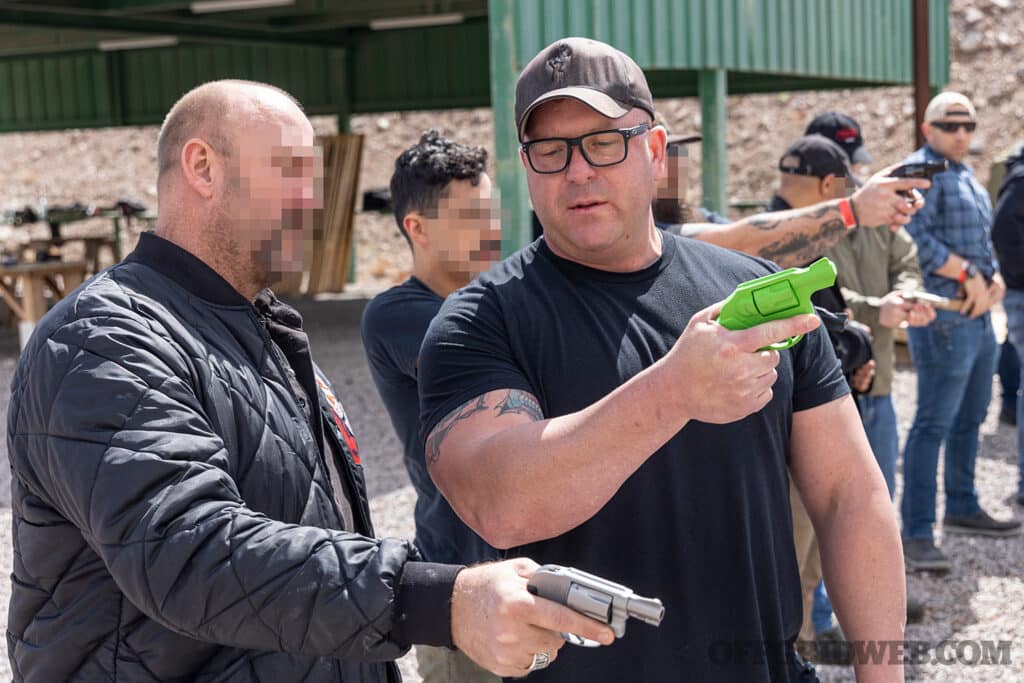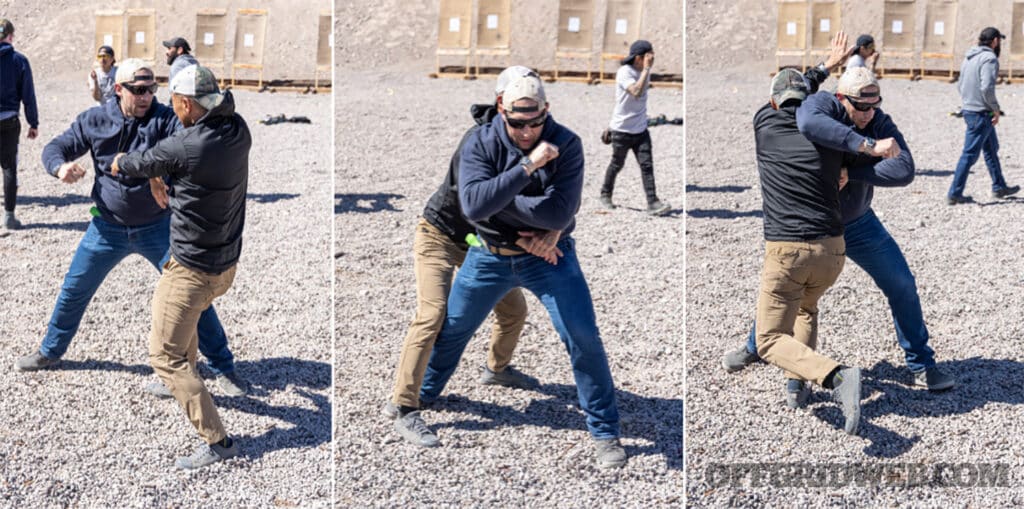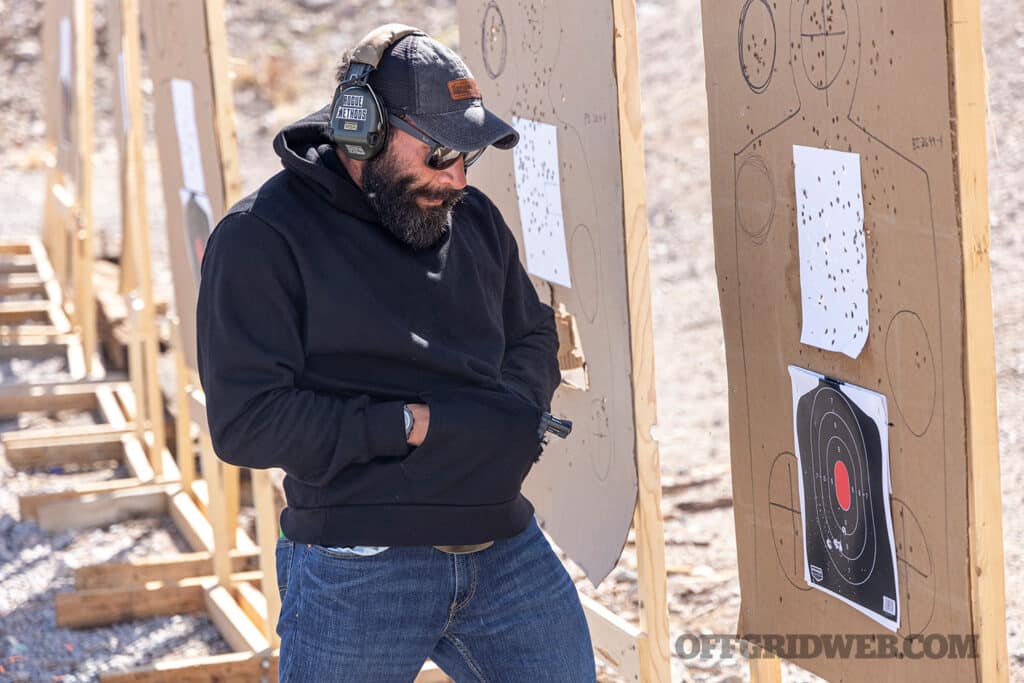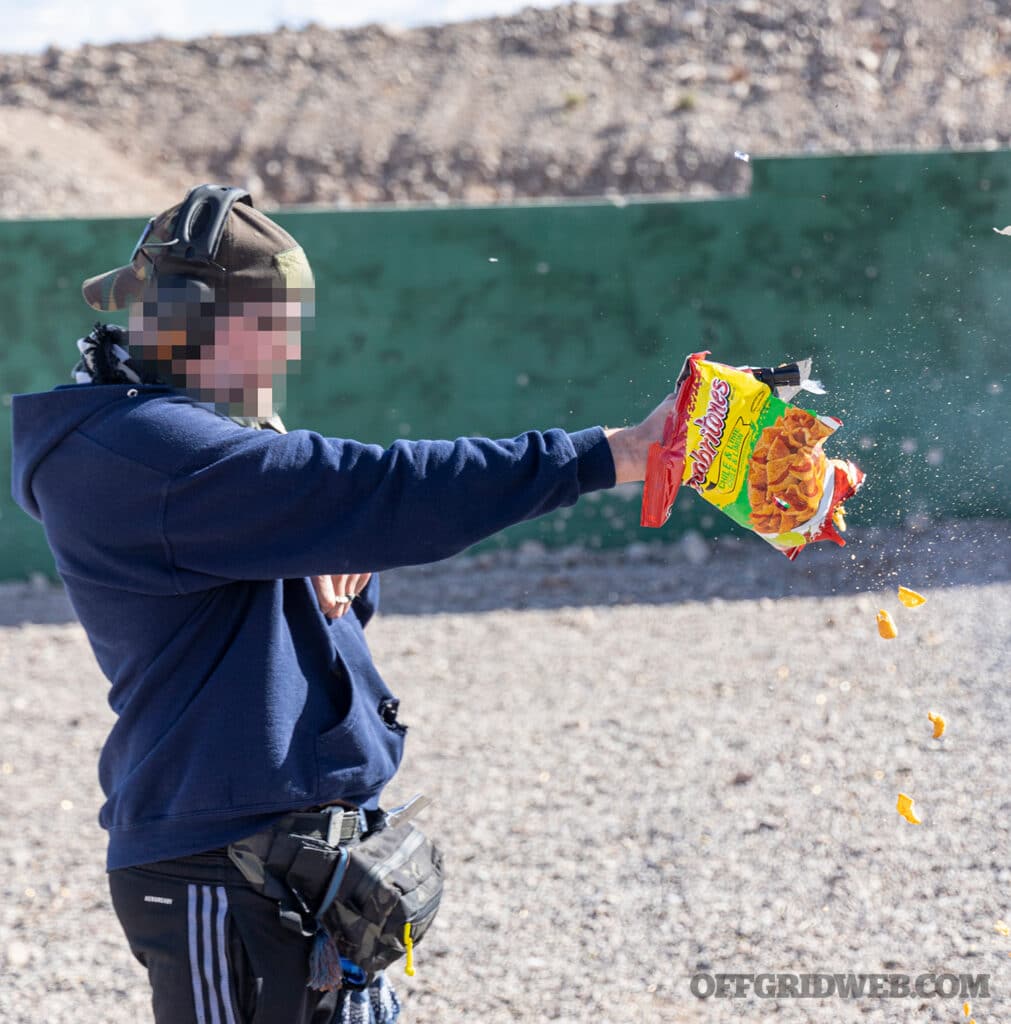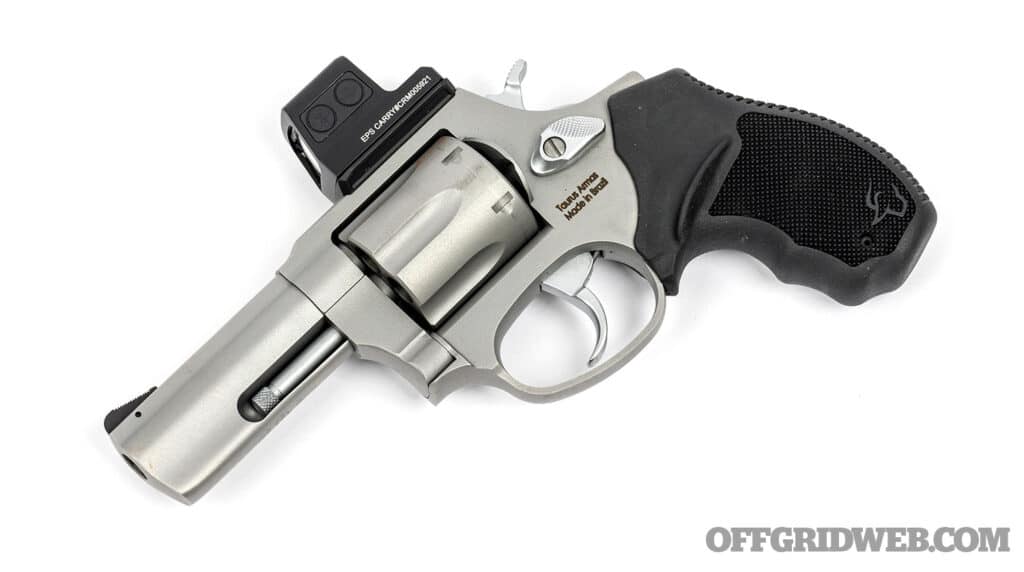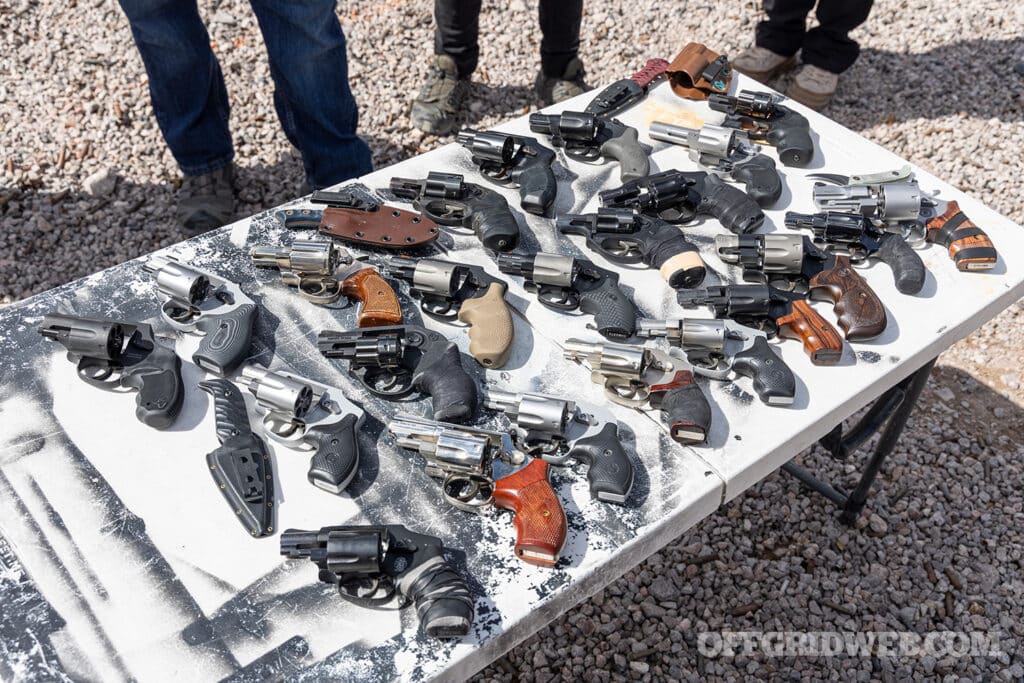In This Article
It could be argued that warfare is a telegraph of the societies engaged in it. Despite the continued conventional conflict in places like Eastern Europe and Southwest Asia, much of the rest of the world is looking at asymmetric threats that require a more refined response. Whether it’s protecting the Olympic Games or the president’s life, being adaptable to threats that don’t require MultiCam and machine guns has become critical to any defense plan — including those of prepared citizens.
Two years ago, Haley Strategic Partners launched their Thorax Plate Carrier. It’s a product still on par with market trends: a compound of Velcro and MOLLE that minimizes bulk while accepting a diverse array of clip-on placards with the traditional pair of pinch-buckles mounted to the front of the carrier. Multiple placard options, plus multiple cummerbund and side-entry options made the Thorax a heavy-duty, low-bulk option for everyone from prepared citizens to professional end users.
The Haley Strategic Thorax Incog
This year, HSP announced a new iteration of the concept they’re calling the Thorax Incog that’s aimed squarely at low-profile use cases. Every design feature of the Thorax Incog is purpose driven and meant to provide users with the lowest-possible signature while still being scalable to carry a fighting load. The Thorax Incog starts with plate bags made from 500D Cordura and stretch Tweave.
While the original Thorax included heavier, padded, thermo-formed backing and technical laminates to sustain a heavy load over time, the simpler construction of the Incog variant is meant to hug both your plates and your body with a glove-like fit. It should actually form to your body over time if you wear it enough. But this glove can quickly turn into a gauntlet with just a few quick additions to the carrier. More on that in a minute …
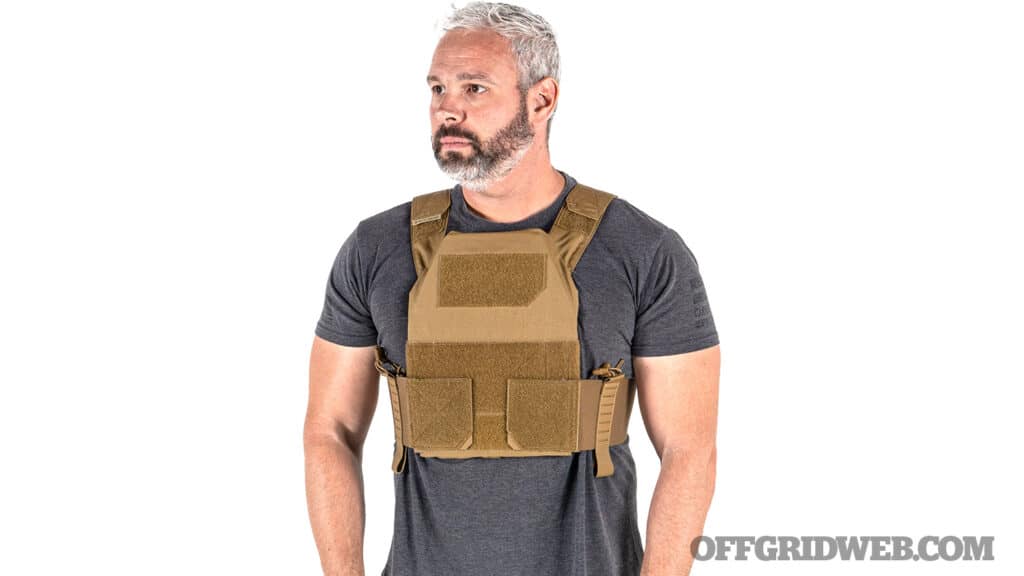
Above: Right: In slick configuration, the Thorax Incog with DFNDR plates still allows unimpeded access to your AIWB draw.
Slicked Down
The front bag has two fields of loop material, a large one for attaching a triple-rifle-mag TRMP Incog panel, and a smaller chip-shaped one up top for patches — whether you’re running a police placard, American flag, or just your favorite morale patches. The rear bag also has a small loop field up high for patches or placards.
The cummerbund is attached by inserting it into a pass-through sleeve sewn into the back of the carrier. Once it’s in place, press down on the hook-and-loop and you’re good to go. The Incog-specific cummerbunds that come with the Incog are elastic, and each side features a single cell that can hold a rifle mag, radio, small med kit, or other accessory. The sleeve has a single row of laser-cut PALS slots on the outside if you want to attach a small pouch. If you need more or different side support, the Thorax Incog is compatible with all existing Thorax cummerbunds, including their Chicken Strap, Side Entry System, and side-plate-bearing PALS cummerbunds.
The aforementioned TRMP Incog is a variation of the existing Haley Strategic Triple Rifle Magazine Placard. The difference lies in the attachment system. When designing the Thorax Incog, HSP received feedback from SOF personnel that while they did want modularity, they wanted the slicked-down configuration to be as slick as possible. That meant no buckles or G-hooks on the front bag that would protrude when wearing the carrier concealed under plainclothes.
The result is what the HSP team calls TabLoc. The front of the plate carrier has two narrow channels sewn into it — one at each outside edge. The TRMP panel itself has a corresponding pair of long, thin, reinforced nylon tabs that slide into the channels before the hook-and-loop is pressed to lock everything together.
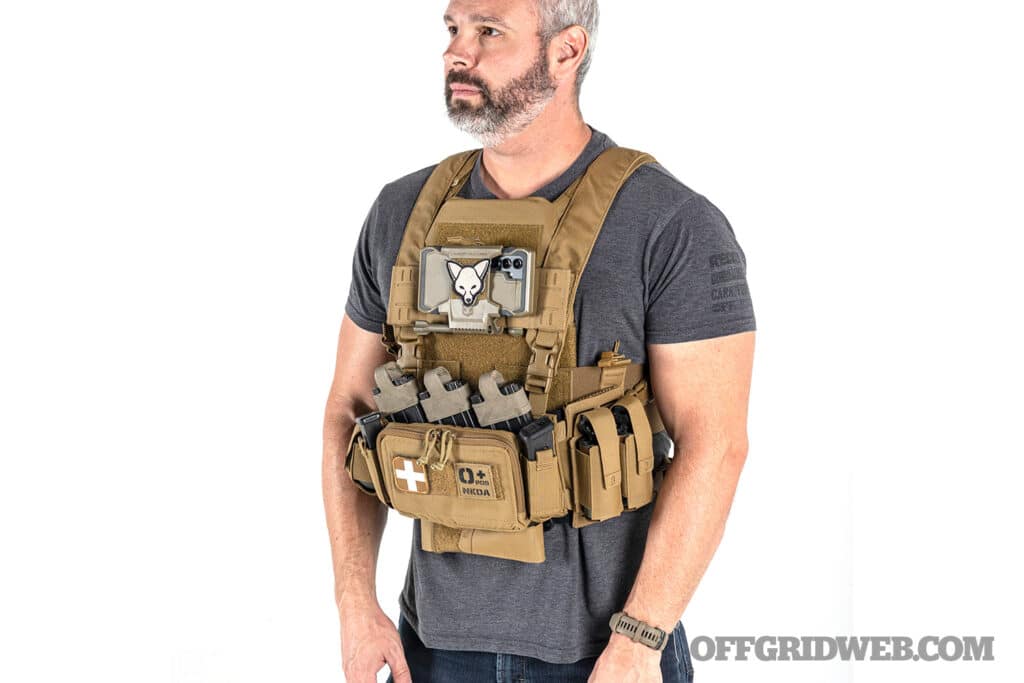
Above: The bulked up fully loaded Thorax Incog.
Bulked Up
Bulking up the Thorax Incog is quick work, if your use case requires it. Conventional wisdom might scoff at the idea of taking a plate carrier designed to be low-visibility and then building it out to run as a high-profile rig with full combat load. But there are advantages to this. First and foremost, because of the intention for it to be low-pro, the Thorax Incog has a much snugger, glove-like fit to the body. The plate bags hug the plates tighter and the carrier hugs you tighter.
So even when you pile on placards and pouches, the Incog variant still sits closer to the body. For prepared citizens — who are not running 12-hour missions laden down with grenades and multiple radios and enough ammunition for a protracted gunfight — the extra padding can be foregone for a more bespoke fit that will be just as comfortable in most situations. This also has the benefit of a carrier that can strip down slim enough to fit under a hoodie or flannel.
The second is increased adaptability if you do choose to bulk up. Within the Haley Strategic ecosystem alone, there are multiple ways to scale up the Thorax Incog. If you have added the TRMP Incog panel to the front of your carrier, and that’s not enough extra capacity, you can add on the Auxiliary MOLLE Panel. The AMP is simply a hook-and-loop wrap that completely engulfs the TRMP. Now you can carry three rifle mags, plus whatever you can fit onto the six rows of laser cut MOLLE slots.
If that isn’t enough, you can add a hanger to the bottom of the carrier, by sandwiching in the hook-and-loop between the back of the TRMP and the front of the plate carrier. HSP offers multiple hangers including MOLLE panel variants, the Multi-Mission Hanger, which is a general cargo pouch that can be adapted to carry different types of items, or the 5-Banger Hanger, which is a purpose built hanger that holds five 40mm rounds in elastic loops.
Haley Strategic also has “wing pouches” that hang off the edge of the carrier, tucked behind the cummerbund, that will hold military grade radios if you need communications. We’ve seen wing pouches from other manufacturers that hold everything from knives to tourniquets to (even) more magazines. Adding pouches onto the cummerbund is also an option.
The only potential issue with scaling your carrier up with all these attachments is, if you want to go back down to a slick configuration, it’s going to take a few minutes to manually remove each component. Switching on the fly or in the middle of a protracted crisis is less than ideal, especially if you’re somewhere other than your garage (where we presume you have a plastic tub to store all your nylon “parts and pieces” just like we do).

Above: The fastest way of scaling up this slick plate carrier is to put on a kitted-out chest rig over it. This is known as patrol configuration.
The Middle Ground: Patrol Ready
The alternative is a setup sometimes referred to as “patrol configuration,” where you simply keep your plate carrier completely slick all the time and don a separate, pre-loaded chest rig over it when more gear is needed. That term comes from situations when special operations units have to infiltrate their target area on foot — through jungle or over mountains — and then engage a specific objective through direct assault.
Because plate carriers trap body heat and can be highly uncomfortable with a heavy rucksack on top of them, these teams would keep a slick plate carrier in their pack while hiking through harsh terrain. But they still wear standalone chest rigs to have ammunition, first aid, and comms within arms’ reach if they get attacked on the move. When the team reaches its specific target, they pull those plate carriers out of their rucks, put the chest rigs on over top of them, and now have body armor to protect them during the deliberate assault.
This approach holds good value for prepared citizens. For those living in urban or suburban areas, wearing a plate carrier with nothing attached to it, easily concealed with street clothes, allows you personal protection when moving through high-risk neighborhoods, or when civil unrest begins to escalate. You may need to move through dangerous areas without making yourself a target by appearing as if you showed up to participate.
But if you wind up in a situation where having at least a basic self-defense loadout accessible and in the open is advantageous, you can slip your chest rig on over the armor and street clothes. The reverse is also true. Folks living in rural areas who may be concerned with protecting a ranch or other larger property might not need plates very often but may want a chest rig and rifle handy when checking their property lines in a vehicle, on an ATV, or even on horseback.
A small chest rig like HSP’s D3 Micro, shown in photos on the previous page, can stow almost anywhere — under a car seat, in a saddlebag, even inside a backpack or messenger bag where it’s quickly accessible but completely hidden until needed.
The Thorax Incog is the Total Package
Due to its simplified design, the Thorax Incog Plate Bags ($125) and cummerbund ($60) are nearly $100 less than the original Thorax plate bags by themselves ($270). If you need the additional load-bearing properties of the latter, it’s money well spent. But if your job or preparedness plan are built around concealability and scalability, the Incog variant will save you some money which can be conveniently spent on accessories. In fact, at $95, the TRMP Incog placard is almost exactly the price difference between the two Thorax models.
We’ve seen a lot of really great plate carriers. Some are bombproof workhorses meant to haul a platoon’s worth of gear.
Others are ultra-minimalist with zero load carriage whatsoever. Others attempt to be a jack-of-all-trades but don’t perform in either category with true excellence. The Haley Strategic Thorax Incog may be the first one we’ve come across that scales up and down with real seamlessness.
In base configuration, it’s truly slick but can be built up to a level that allows it to punch way above its weight class against more complex, much more expensive plate carriers. If you don’t yet have a hard armor setup in your gear locker, or you think it’s time to refresh your kit to keep up with current advancements, we almost guarantee the Haley Strategic Thorax Incog can be made into your goldilocks fit, regardless of use case or occupation.
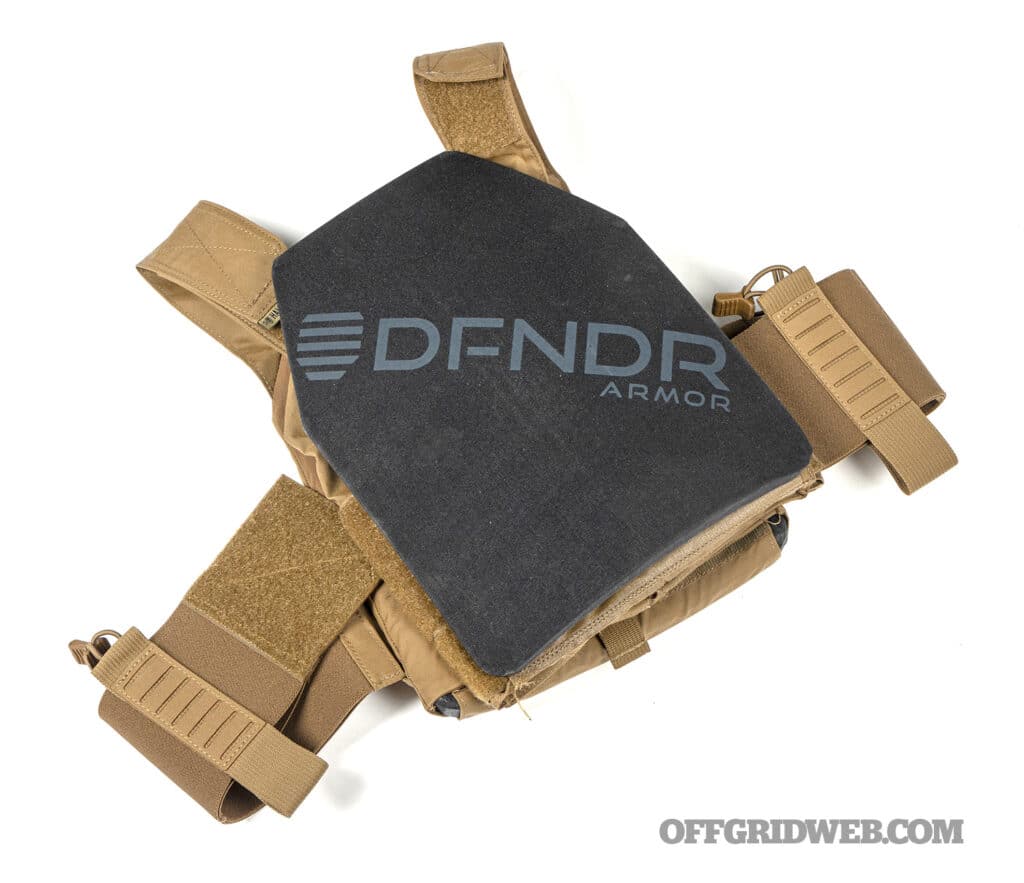
Above: The DFNDR is an ideal Thin and Lightweight Plate for the Thorax Incog
The State of The Plate
Much like night vision or AR-pattern carbines, your kit must be looked at as a system. The armor plates are one component of that system and not all plates will work with all carriers. We initially had some trouble finding plates that fit the Thorax Incog. We have Level III+ plates from multiple manufacturers that would not fit this carrier, on account of being too thick (1.1 to 1.2 inches).
Because the Incog is meant to be a low-profile carrier, the bag sizing is biased to thinner plates. Since we did not have any plates on hand that fit properly, the team at Haley Strategic directed us to DFNDR Armor, the brand they carry and use.
The folks at DFNDR were very responsive and incredibly helpful, sending over a set of their new RF1 Elite plates. Plate thickness and weight are usually a balancing act against cost and protection level.
Rifle-rated plates can be had for 5-ish pounds per plate, but they’re typically over an inch thick. You can get them thinner, but then you’re relying on more ceramic in the construction, which can make them closer to 8 pounds per plate. But thinner, heavier plates can be cheaper. Protection levels being (relatively) equal, you typically wind up at a decision point that looks like this:
- Lightweight
- Thin
- Inexpensive
Pick two.
In the case of DFNDR’s RF1 Elite, you’re getting the first two in exchange for the third. These stand-alone plates require no soft armor backer and are tested to the NIJ’s new armor rating protocol, which classifies rifle-rated armor into three categories. The lowest level, RF1, is required to stop the following threats:
5.56x45mm NATO M193 ball (55-grain FMJ)
7.62x51mm NATO M80 ball (147-grain FMJ Steel Jacket)
7.62x39mm Russian 57N231S (122-grain Mild Steel Core)
The DFNDR RF1 Elite plates are rated to stop all of these threats while measuring only 0.75-inch thick and weighing in at an astonishing 2.09 pounds per plate for a medium SAPI cut. Prices range from (brace yourself) $1,390 to $1,730 per plate, depending on size — no small financial feat, for sure.
But what you’re paying for is the ability to have rifle-level armor protection that is thin enough to wear under almost any shirt and light enough to wear all day. The adage buy once, cry once might hurt your wallet for a couple of months but will ensure that you have a piece of cutting-edge protective equipment that will serve you well, and do so comfortably, for years to come.
Sources
- DFNDR Armor: dfndrarmor.com
- Haley Strategic Partners: haleystrategic.com
Read More
Don’t miss essential survival insights—sign up for Recoil Offgrid's free newsletter today!
- Plate Carrier Loadout
- Projectile Protectors Part I: Armor Plates
- Bulletproof Vest versus Plate Carrier
- New: Haley Strategic and Safariland Release the INCOG X Holster
Check out our other publications on the web: Recoil | Gun Digest | Blade | RecoilTV | RECOILtv (YouTube)
Editor's Note: This article has been modified from its original version for the web.

